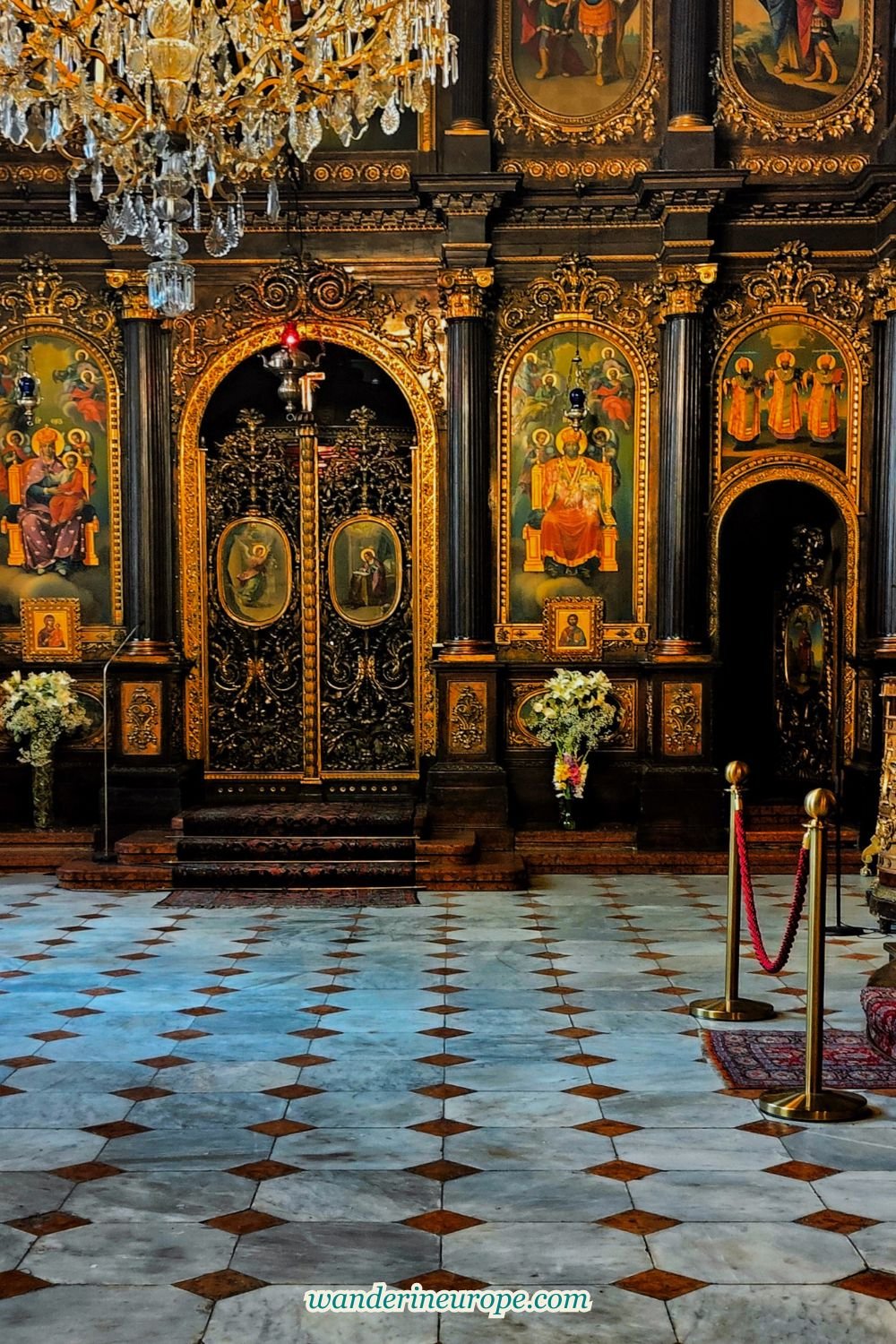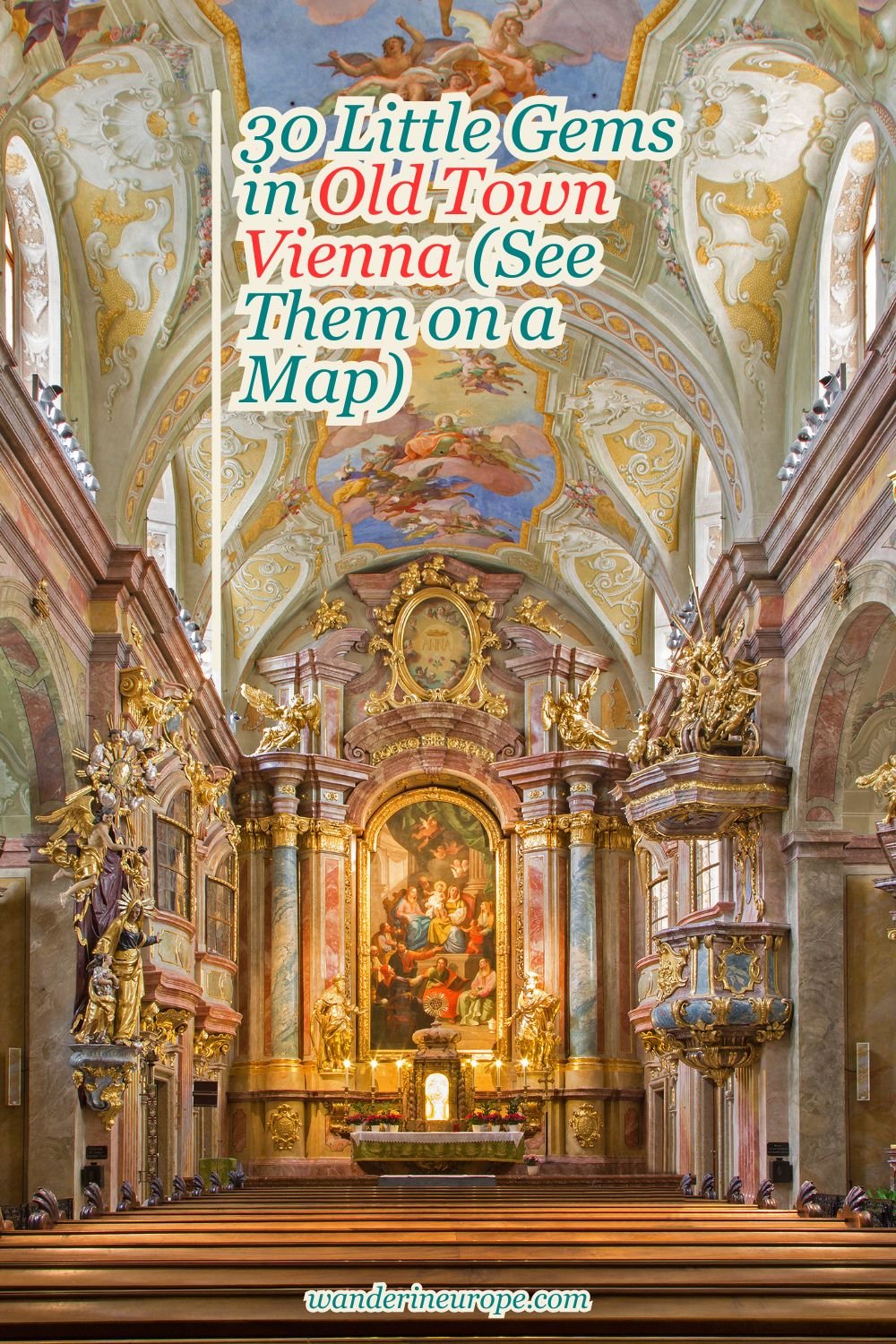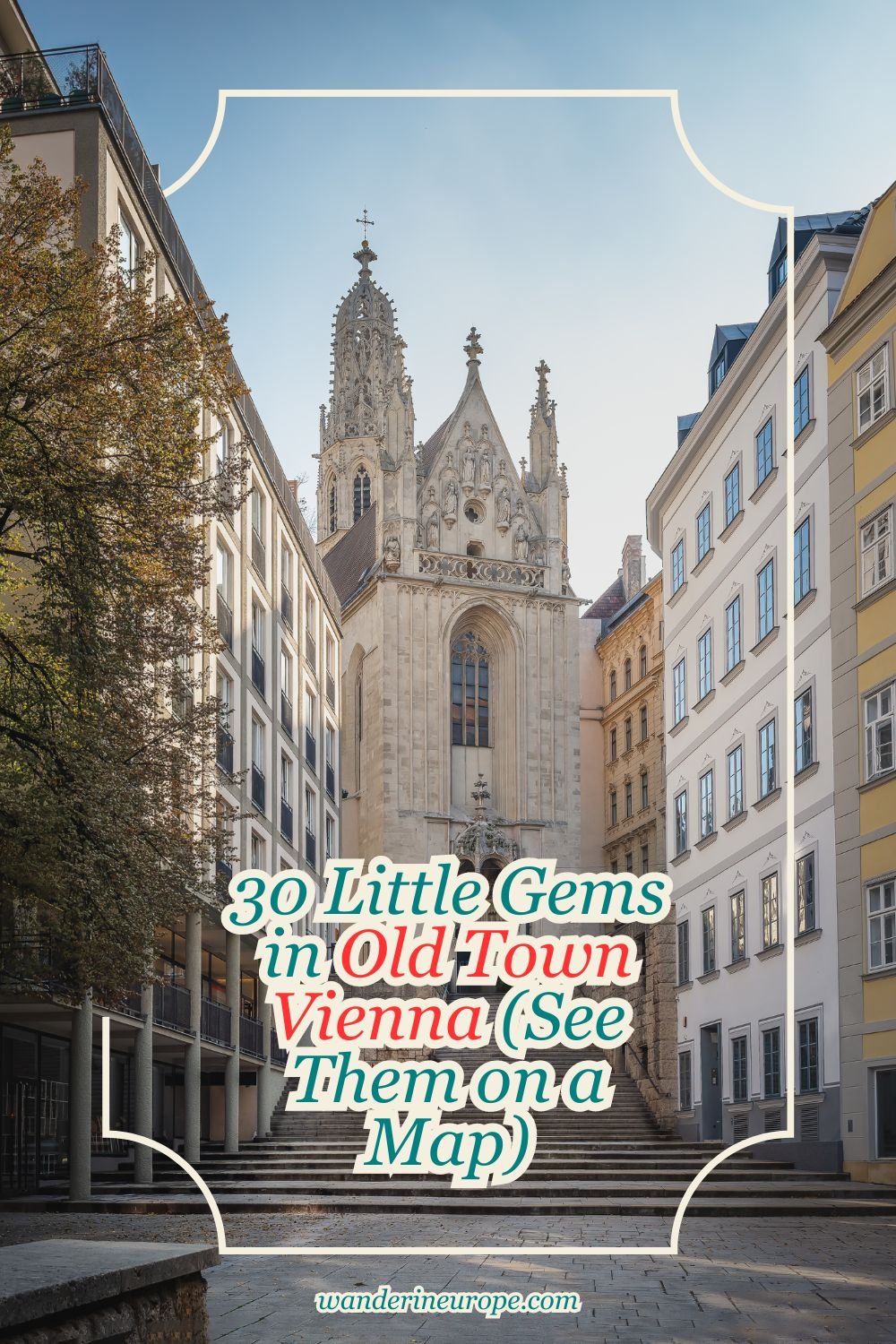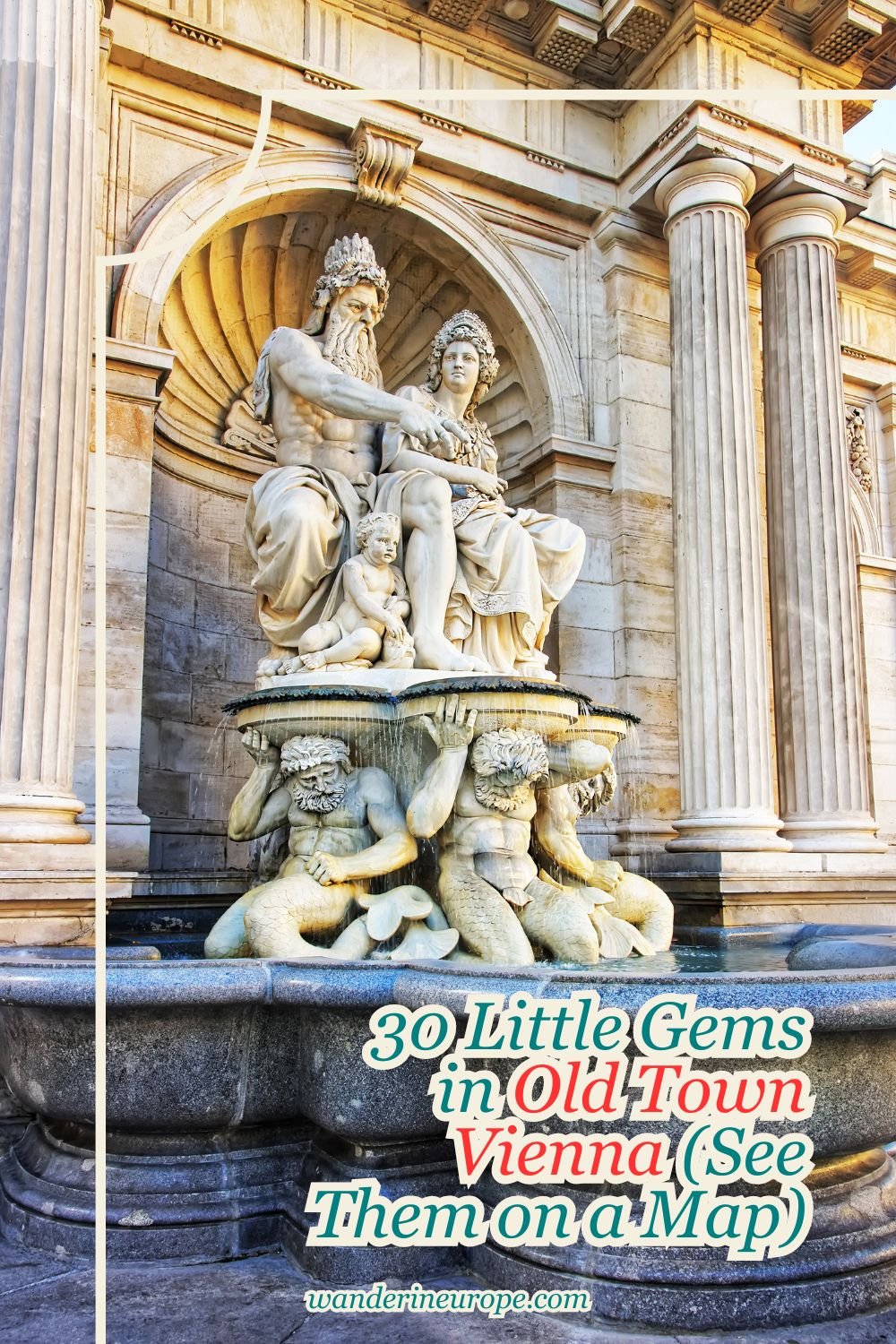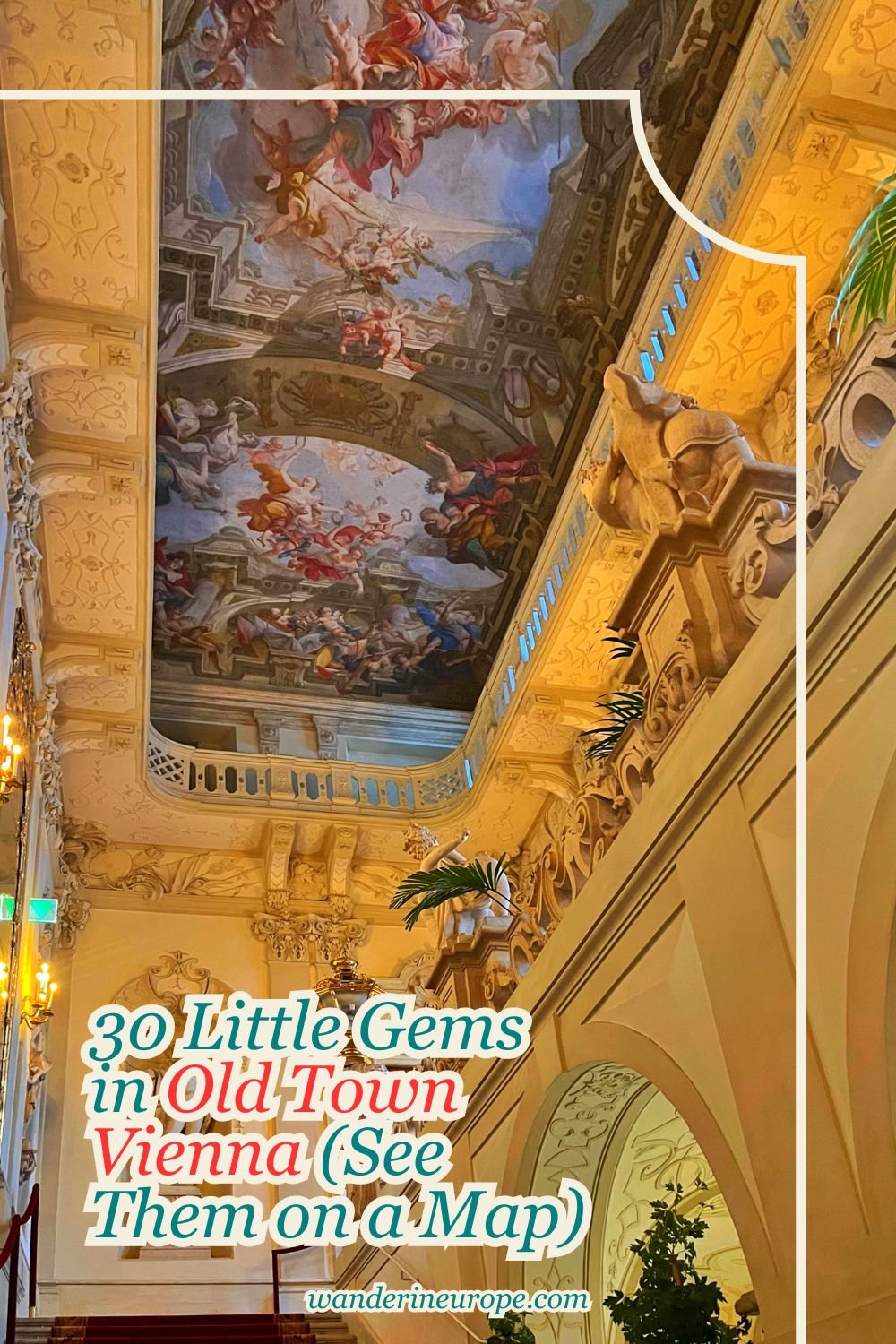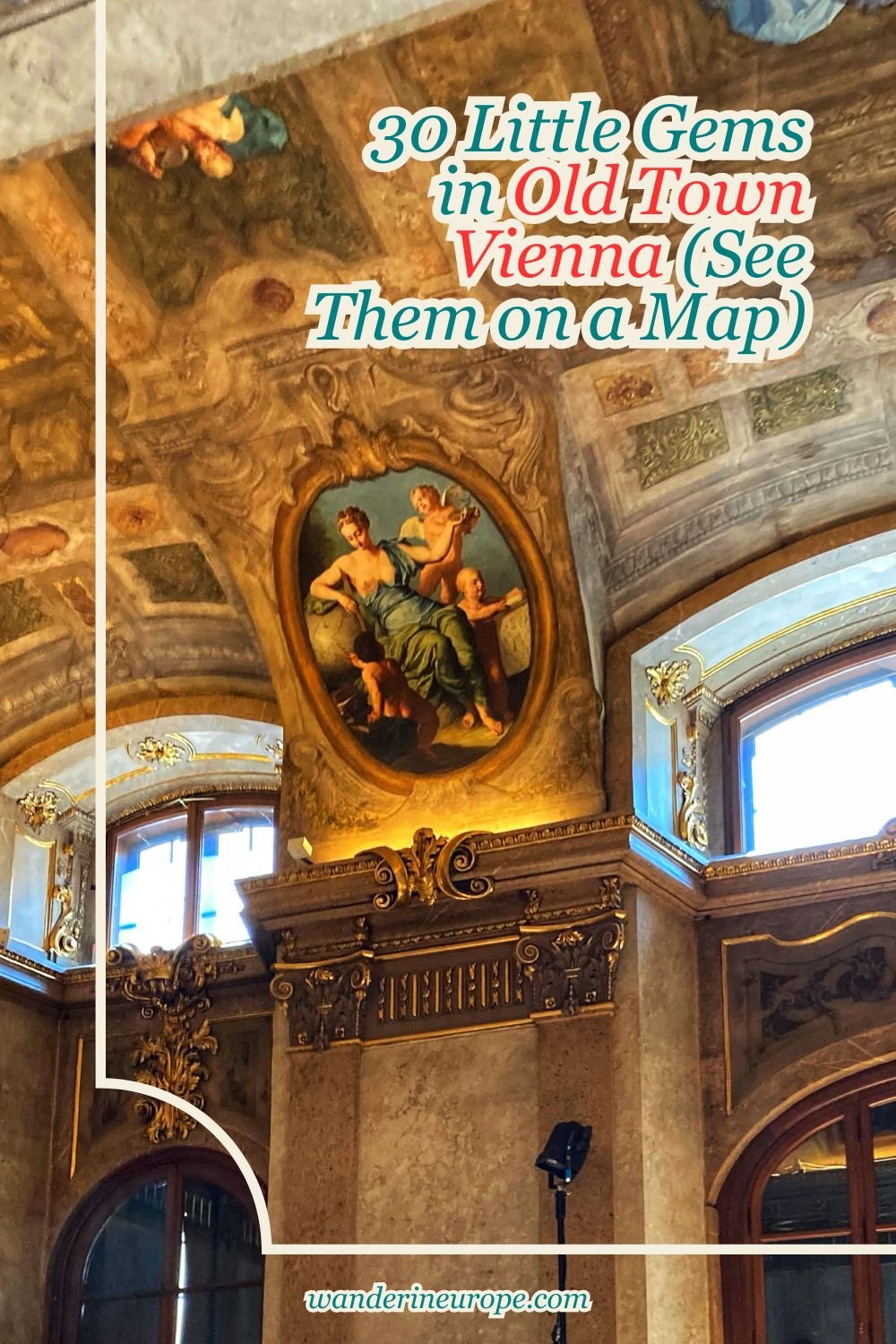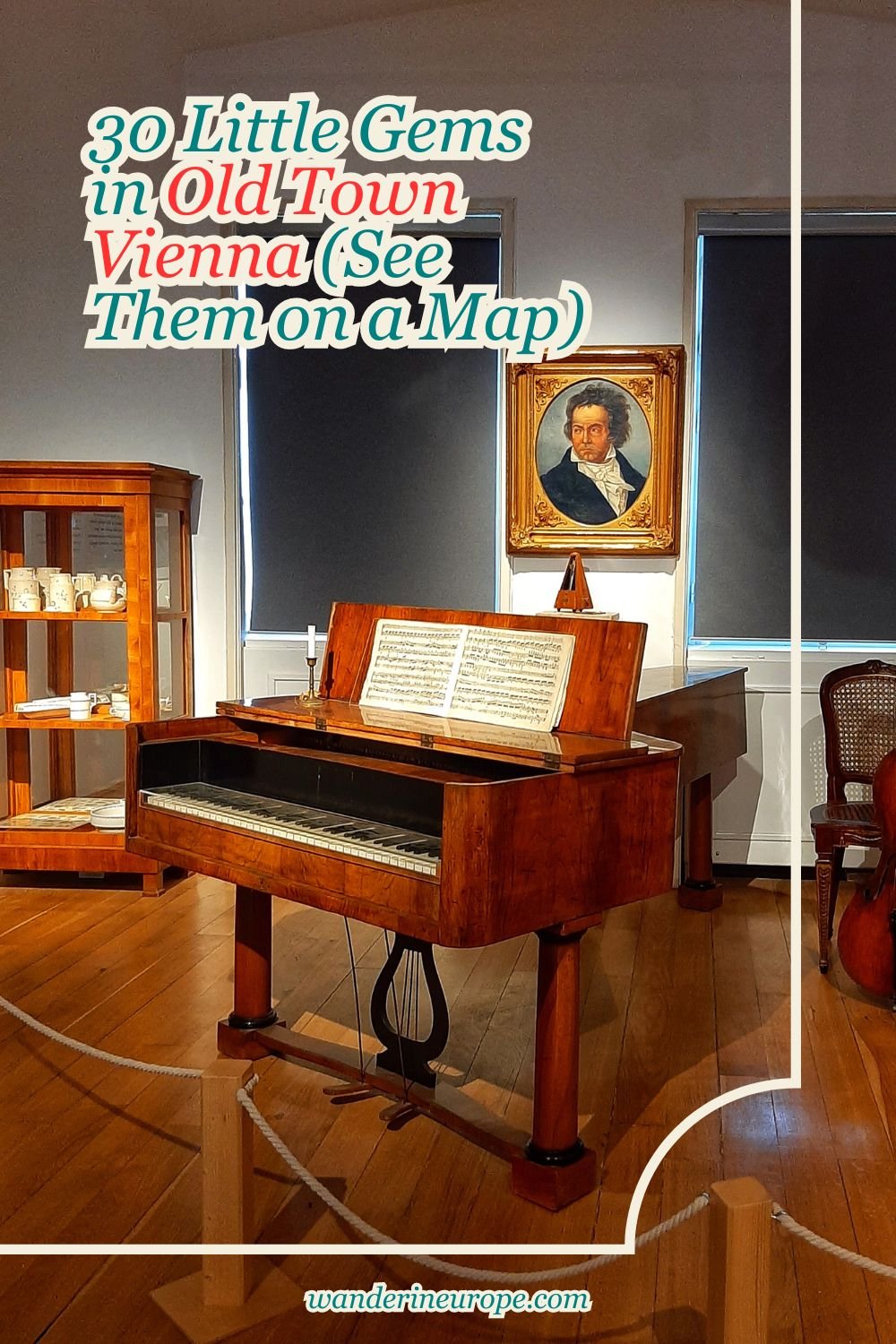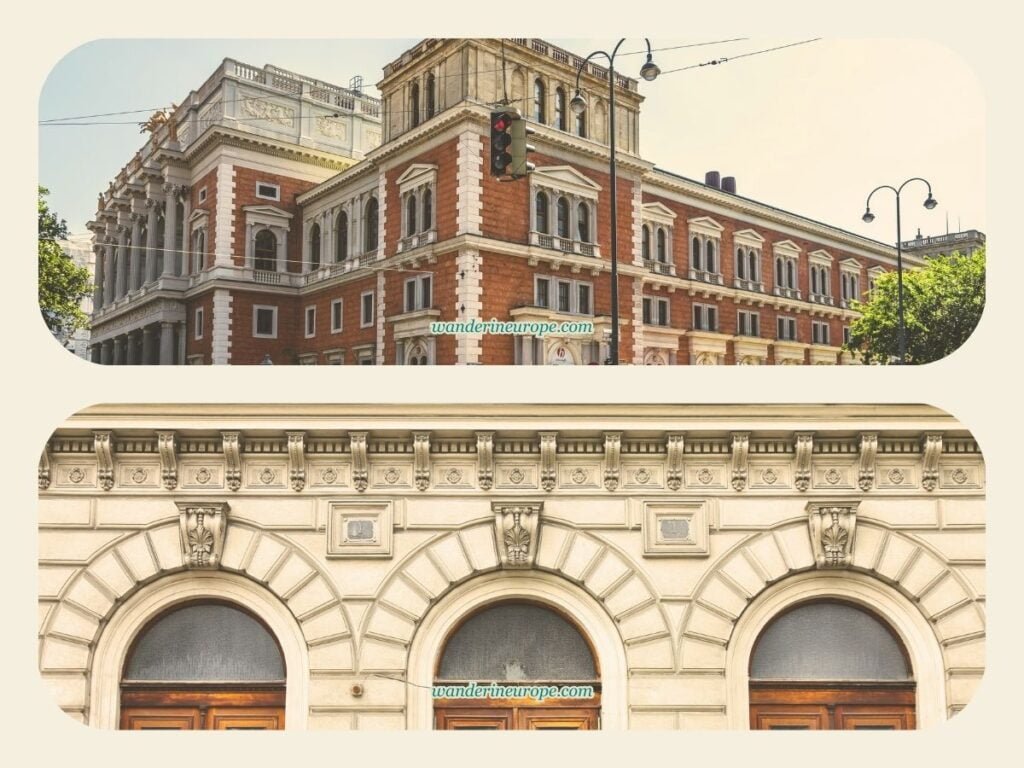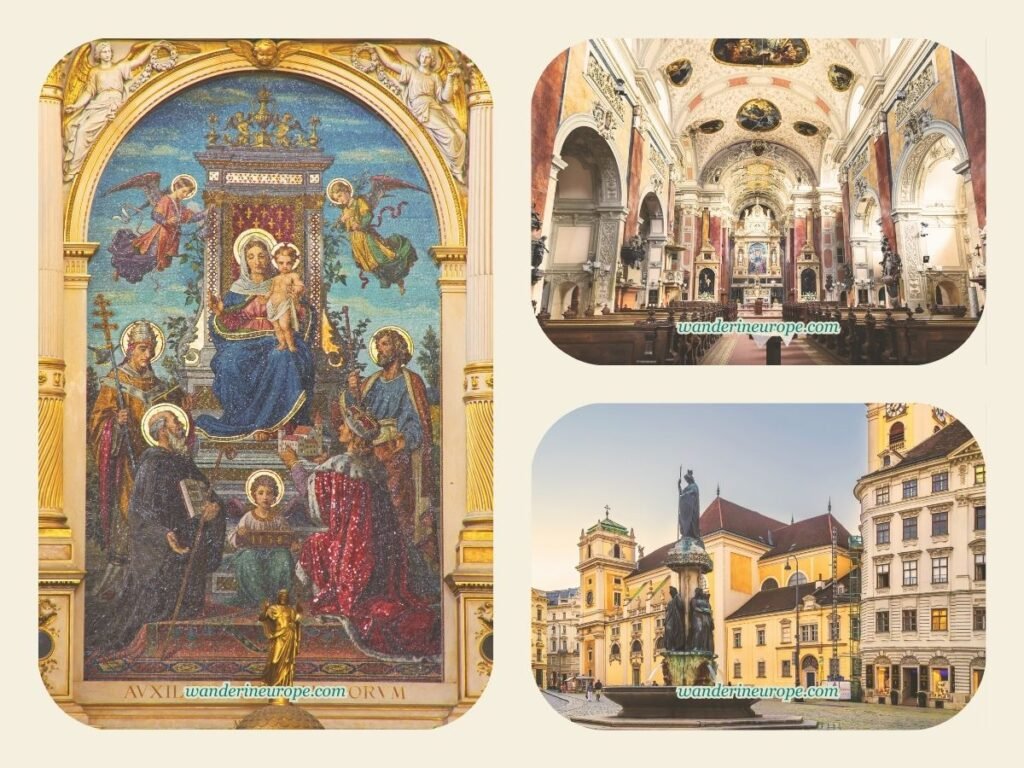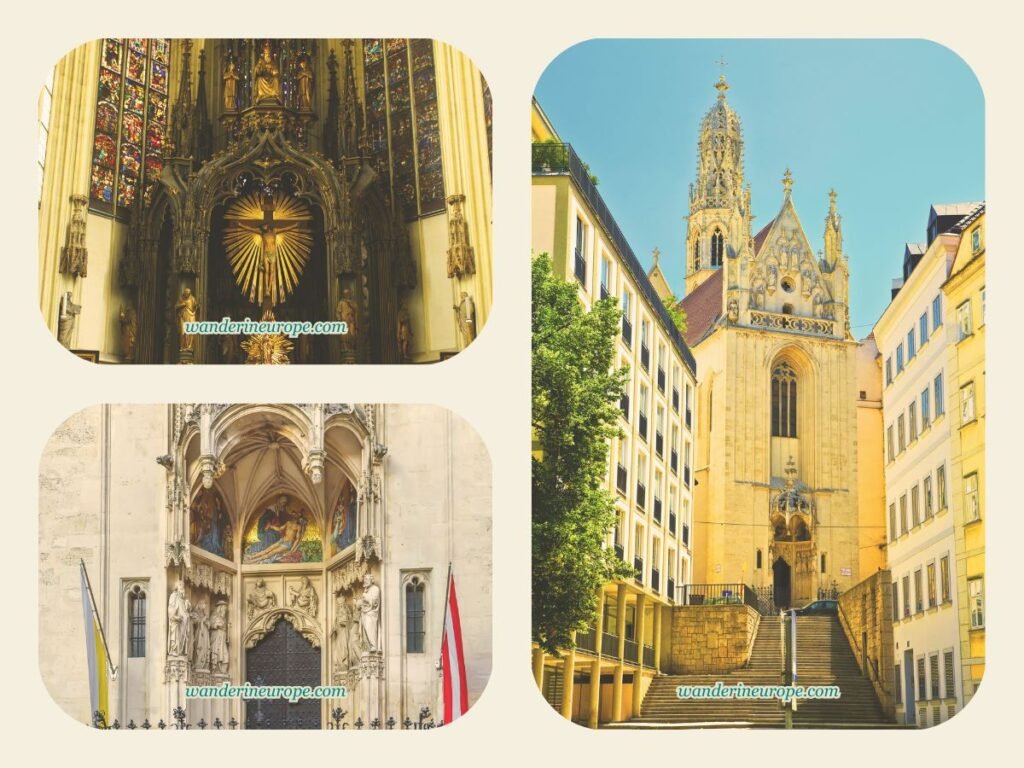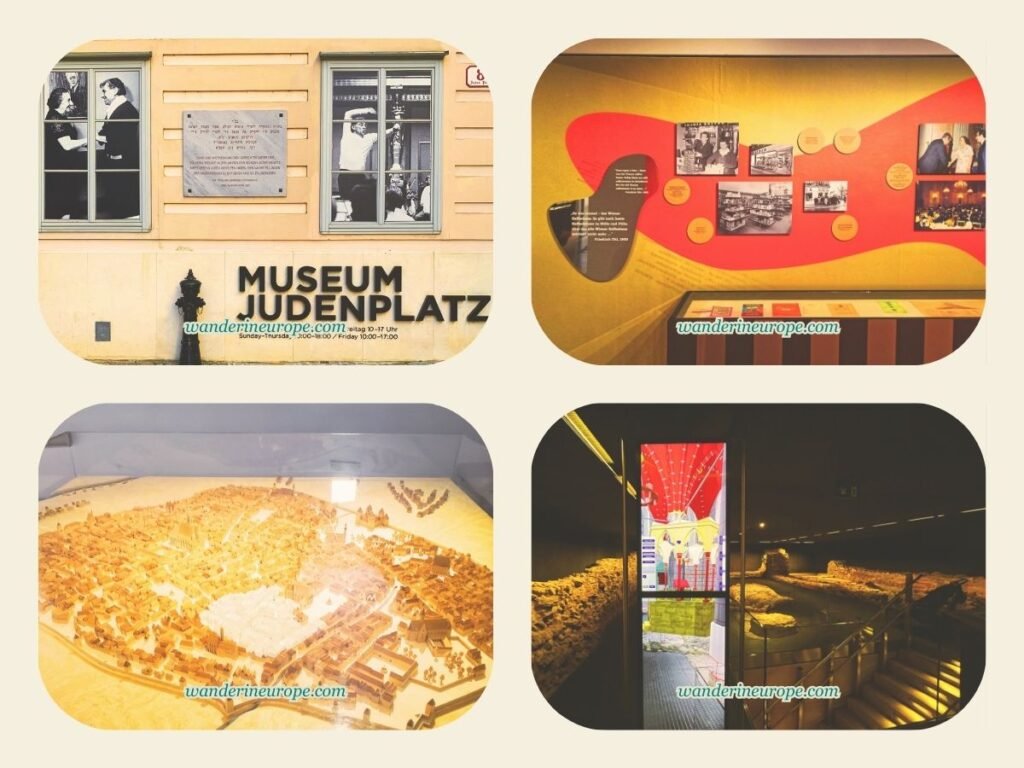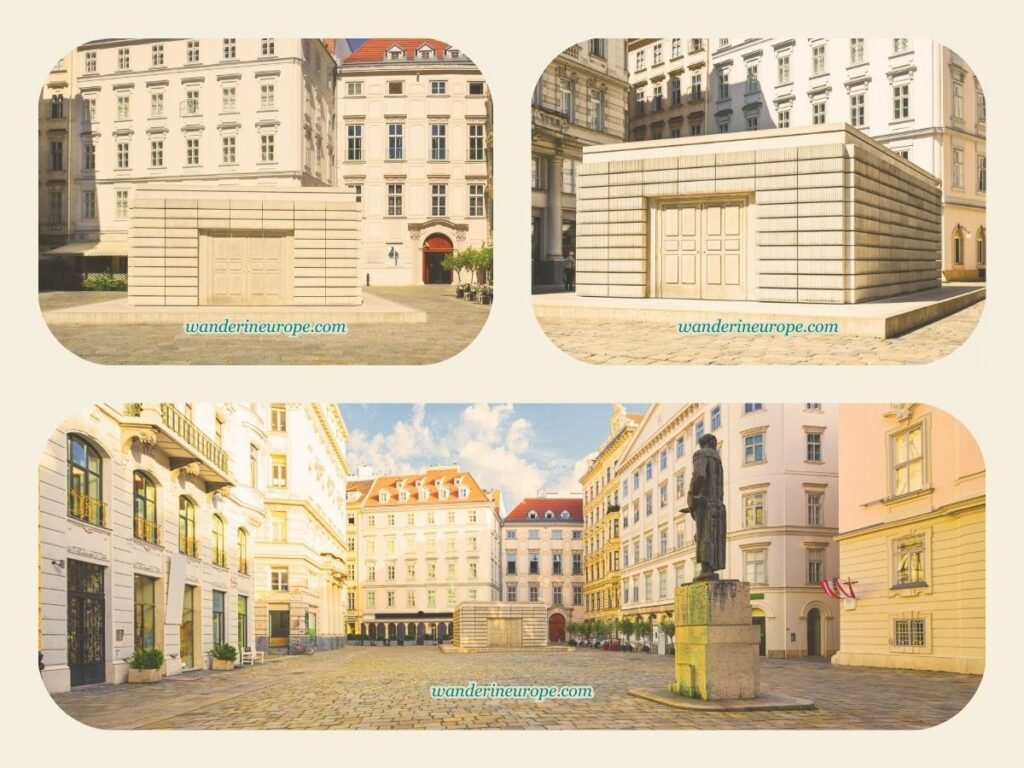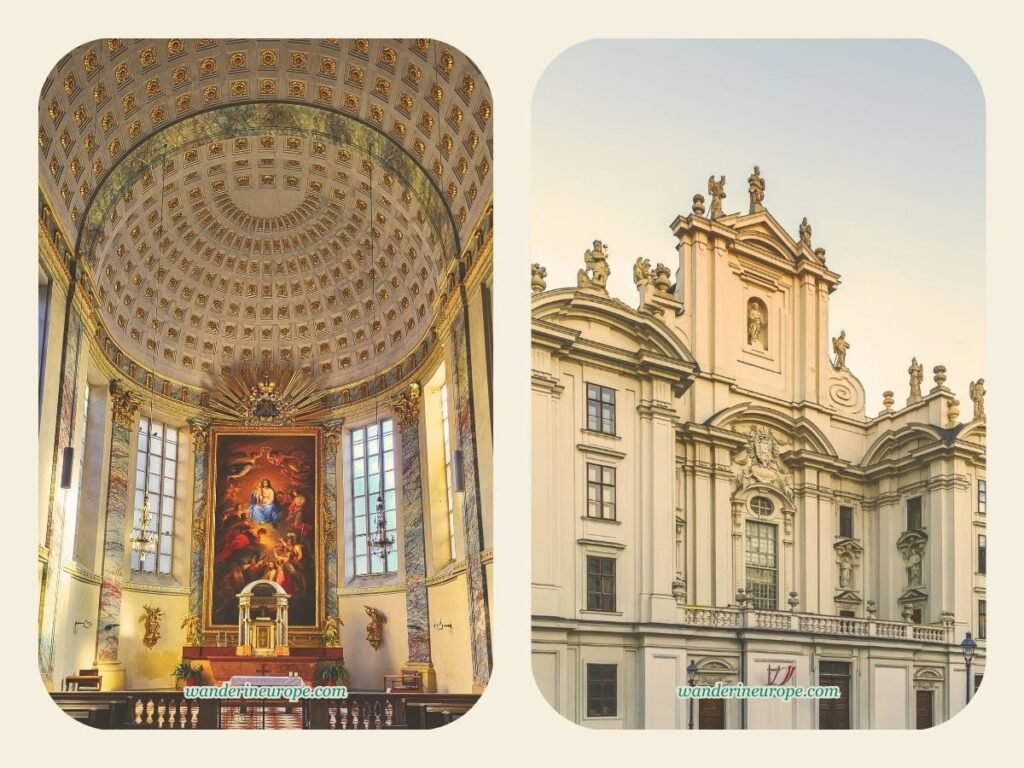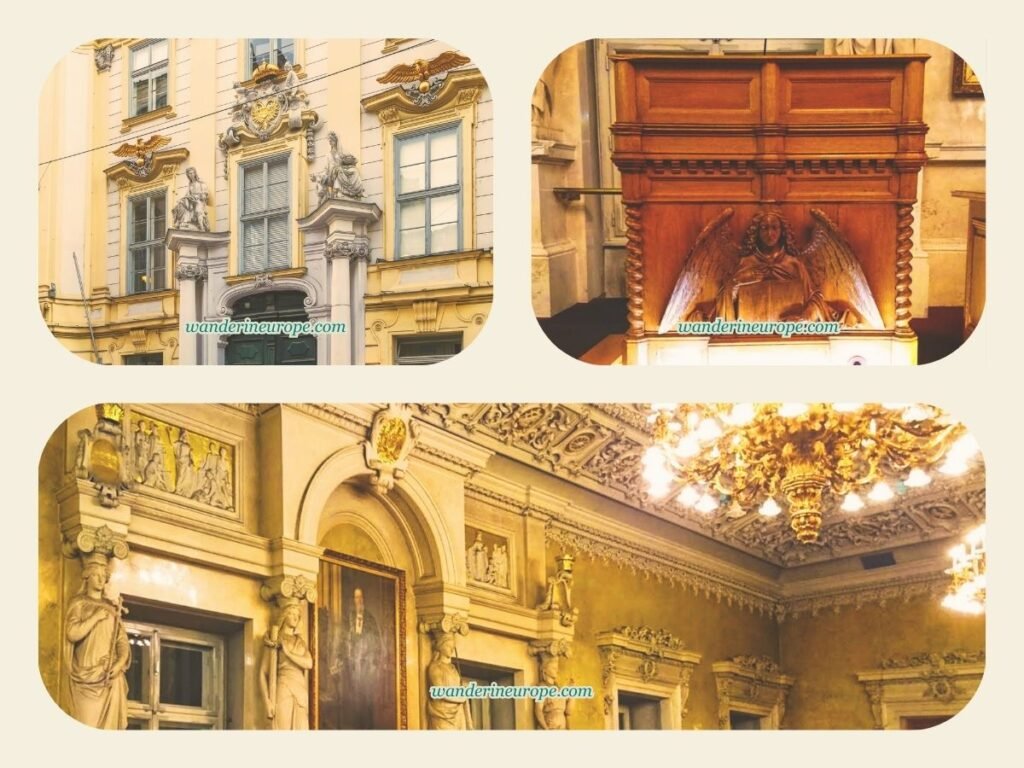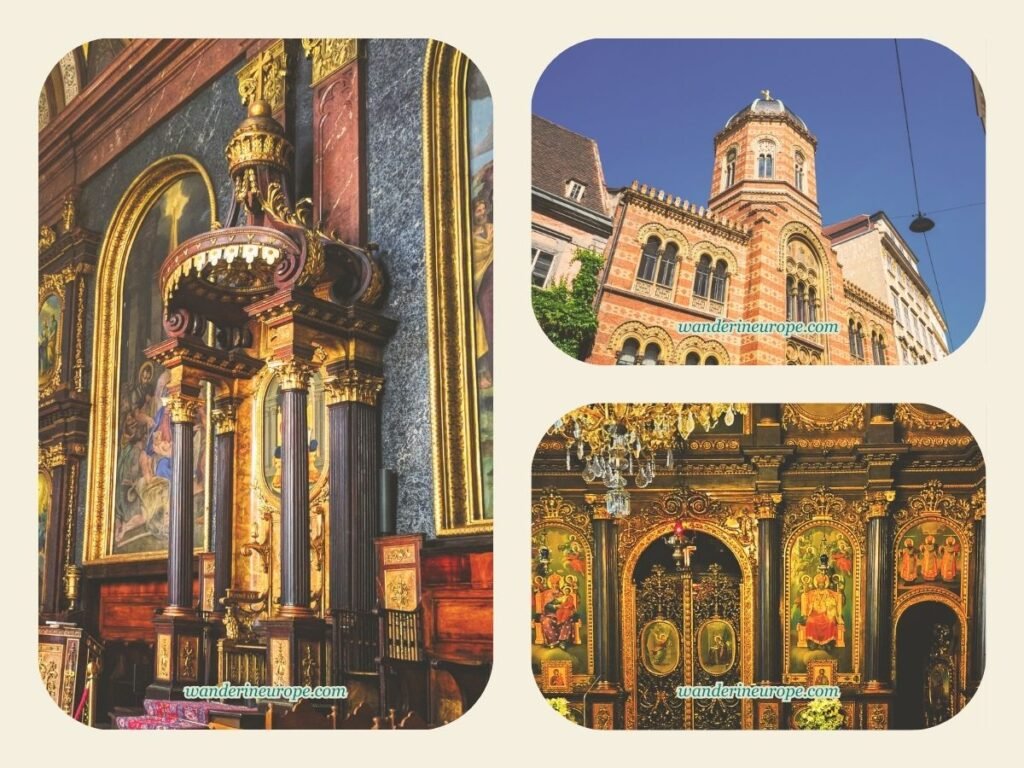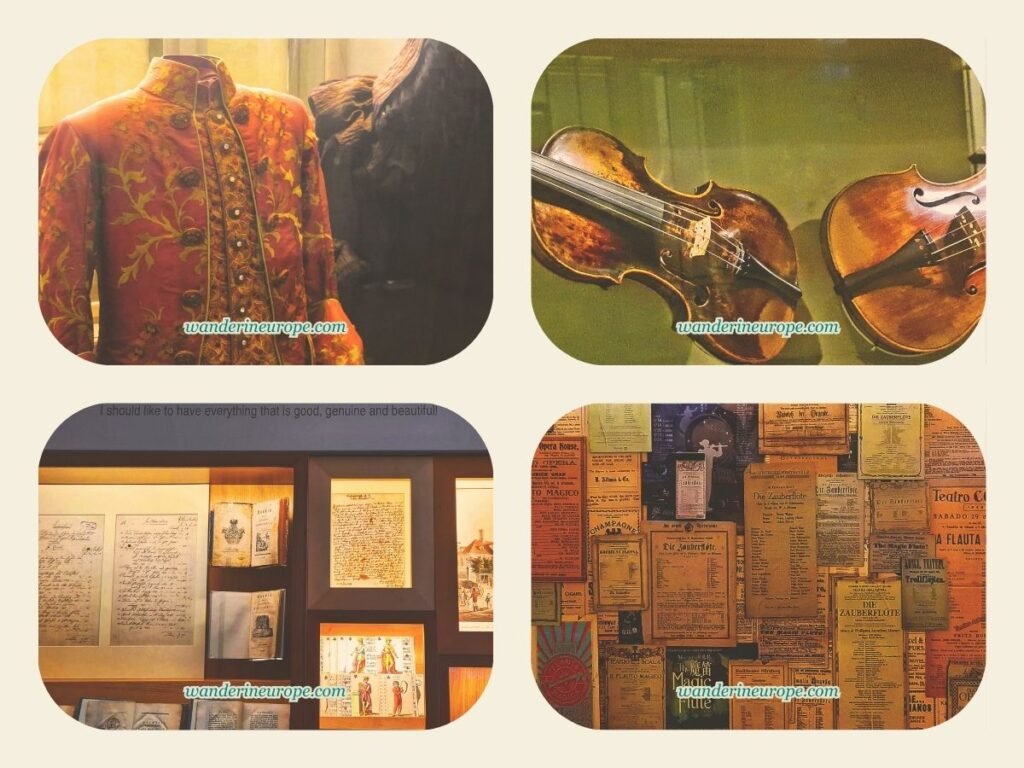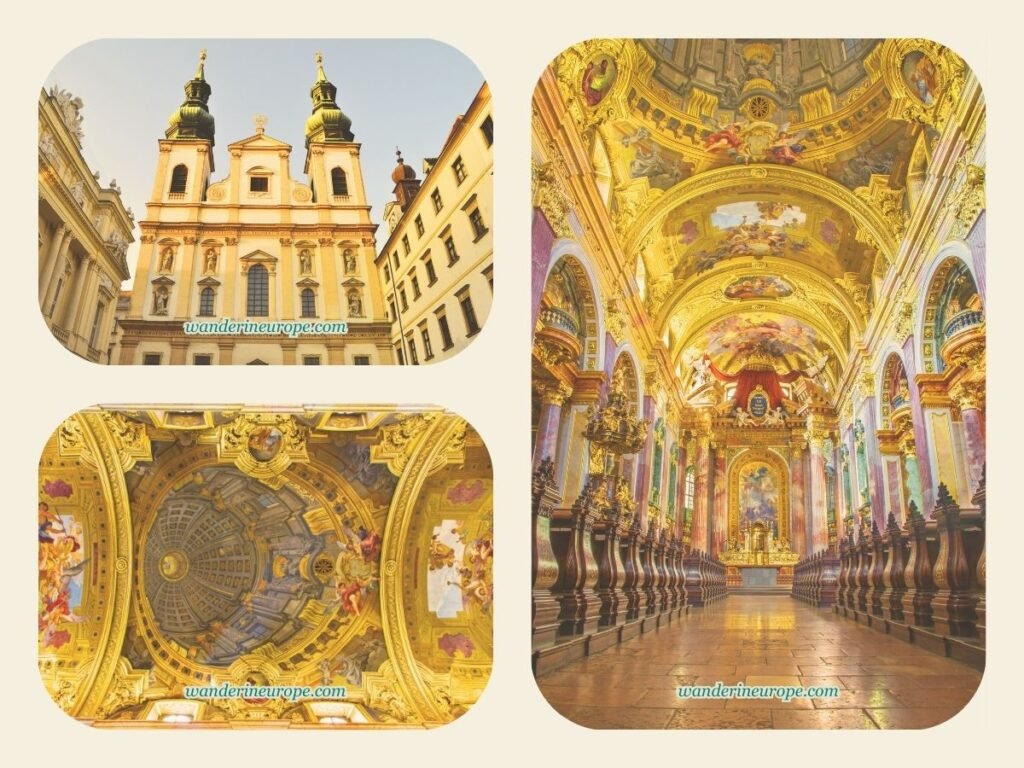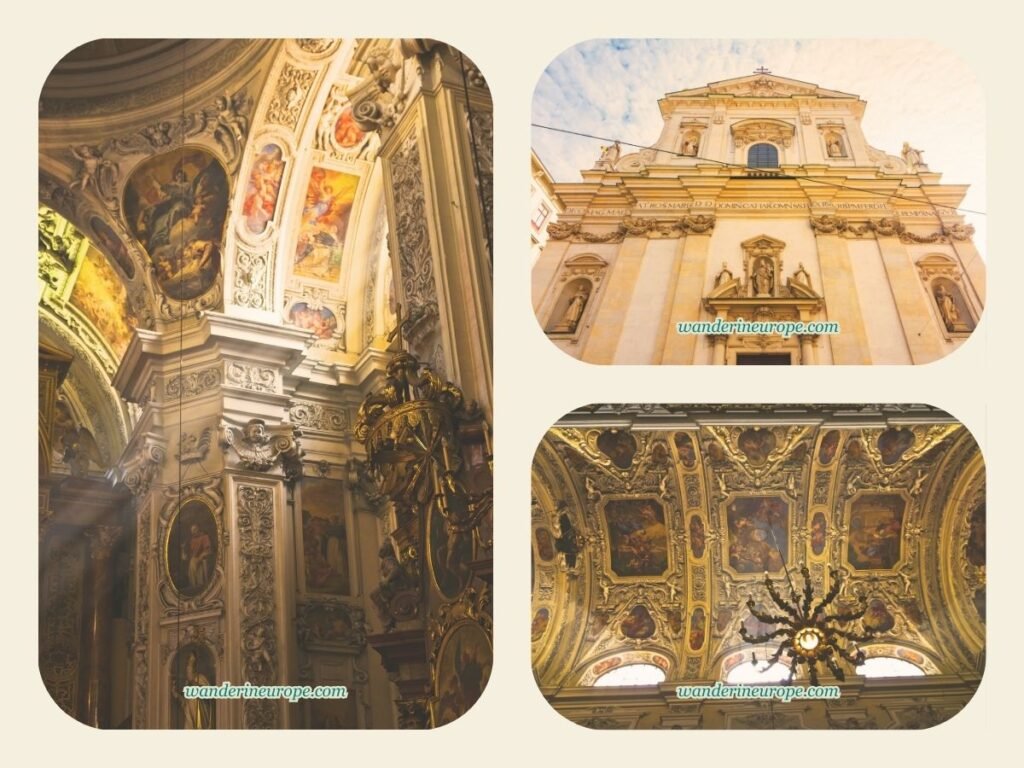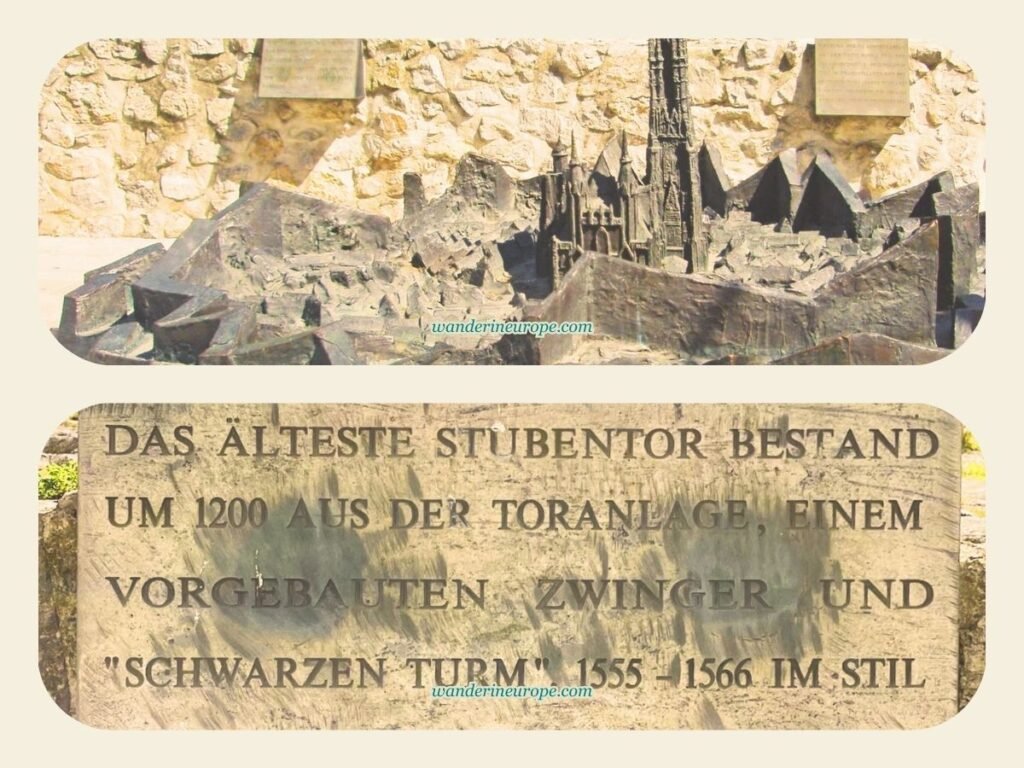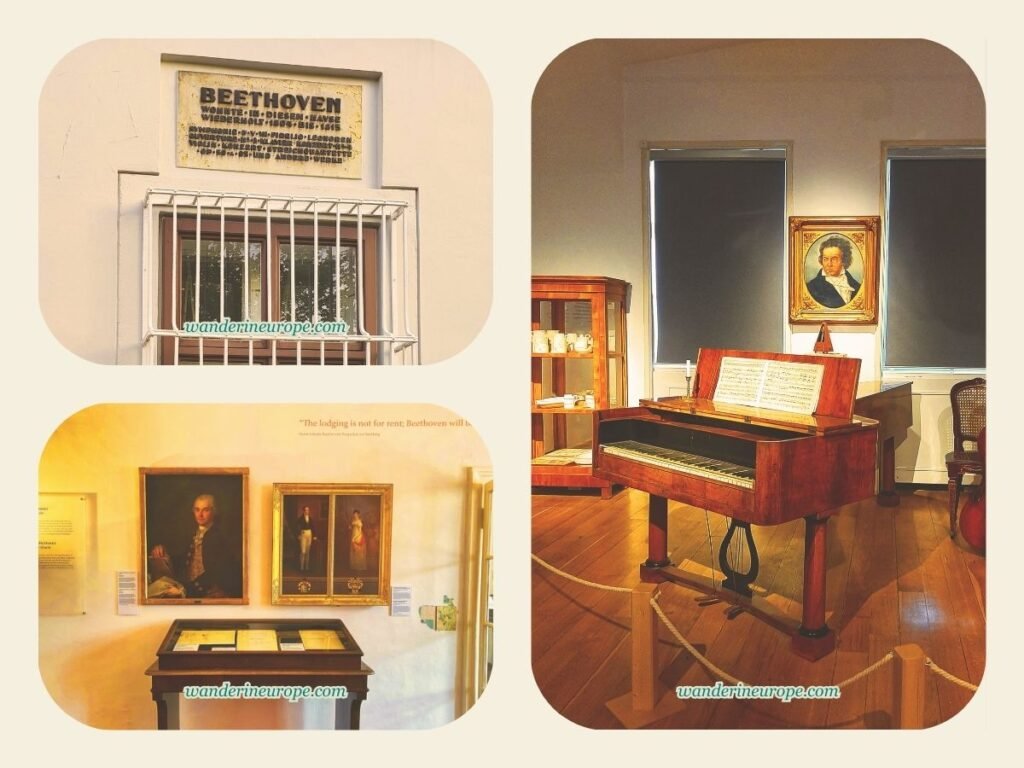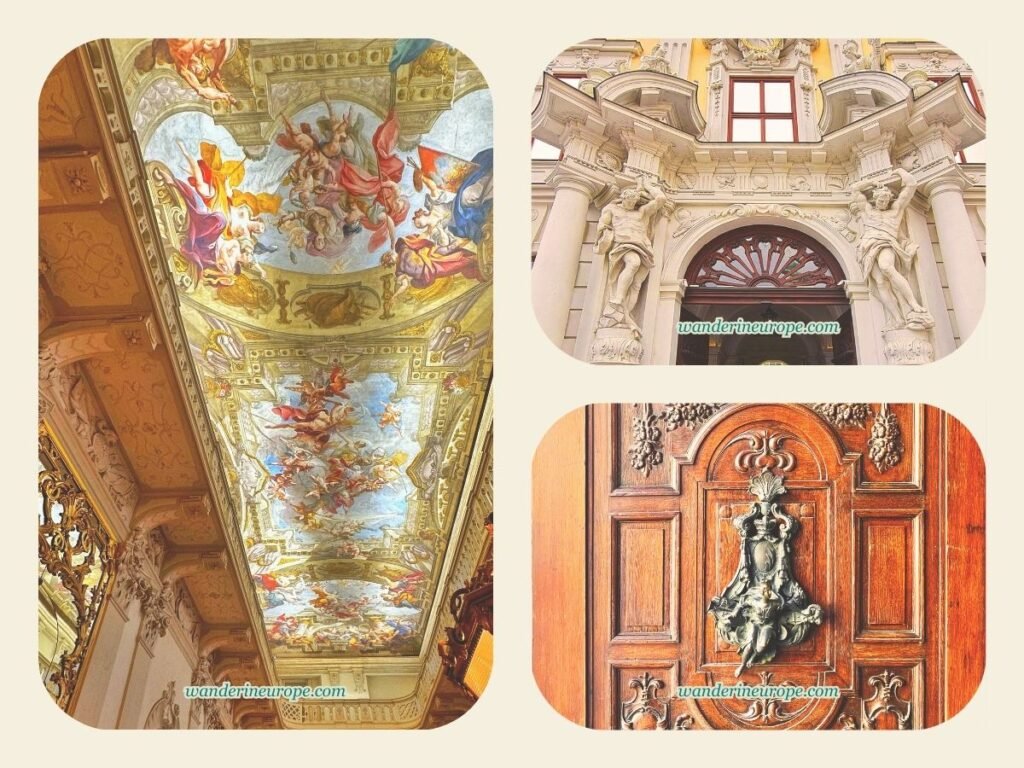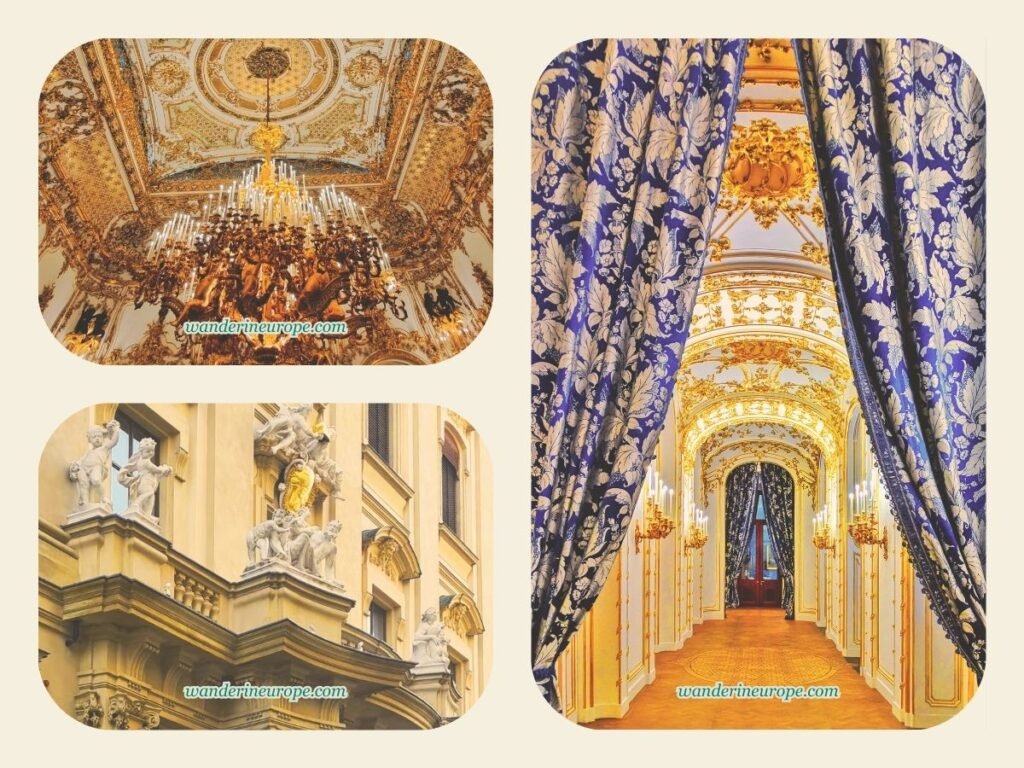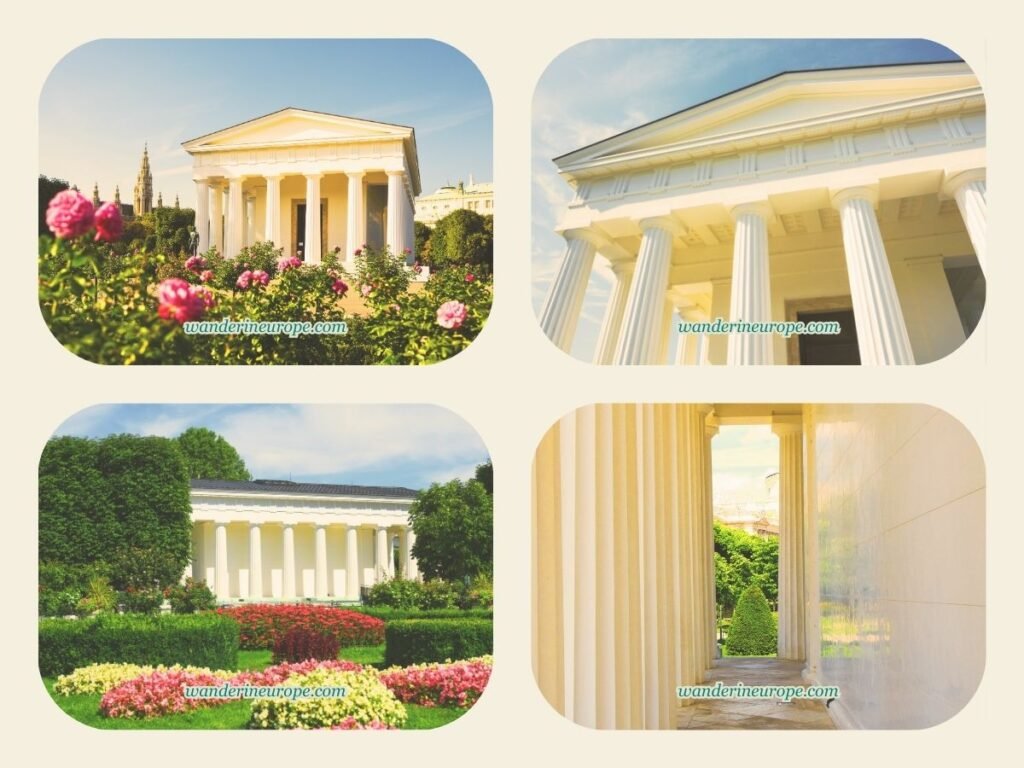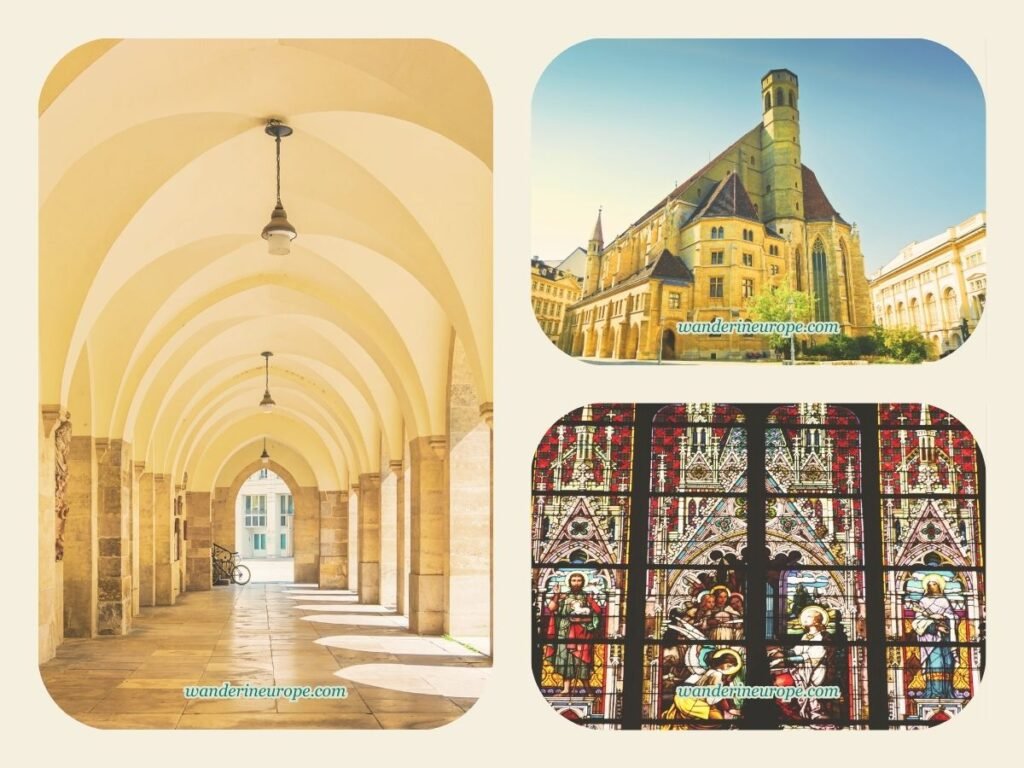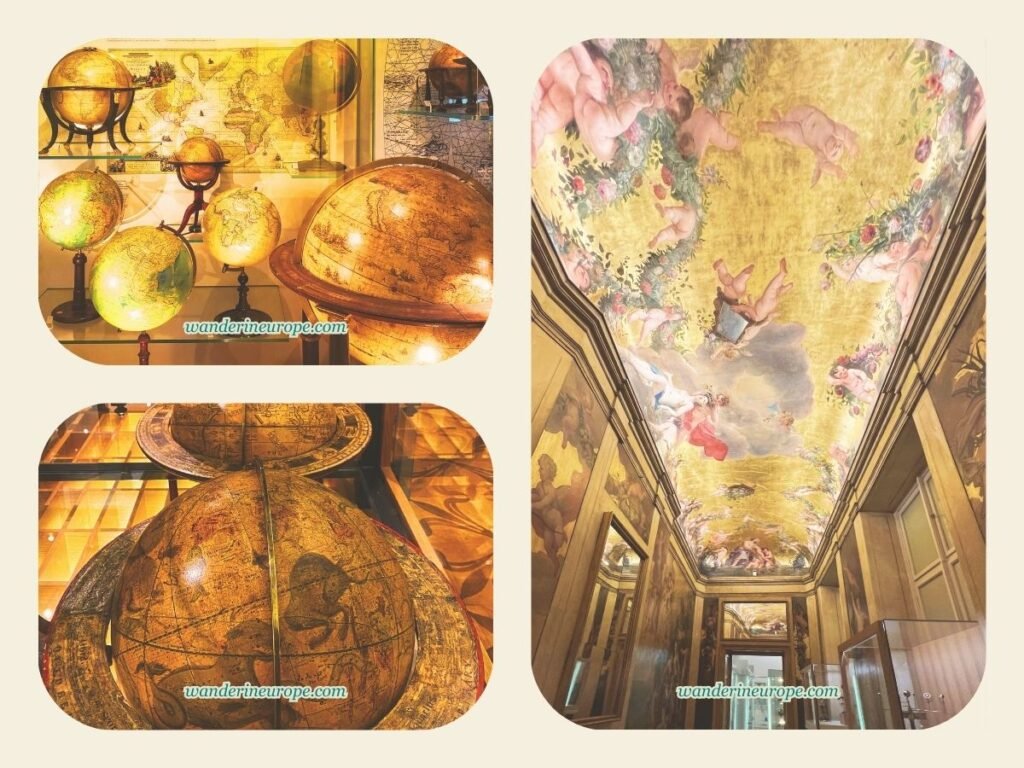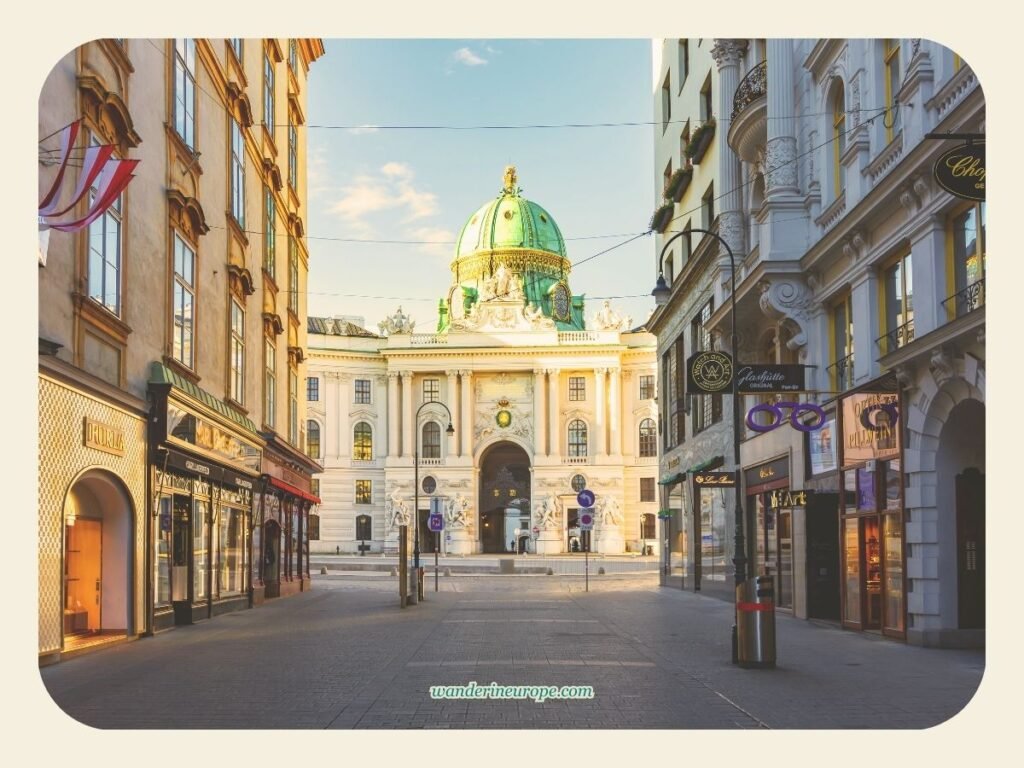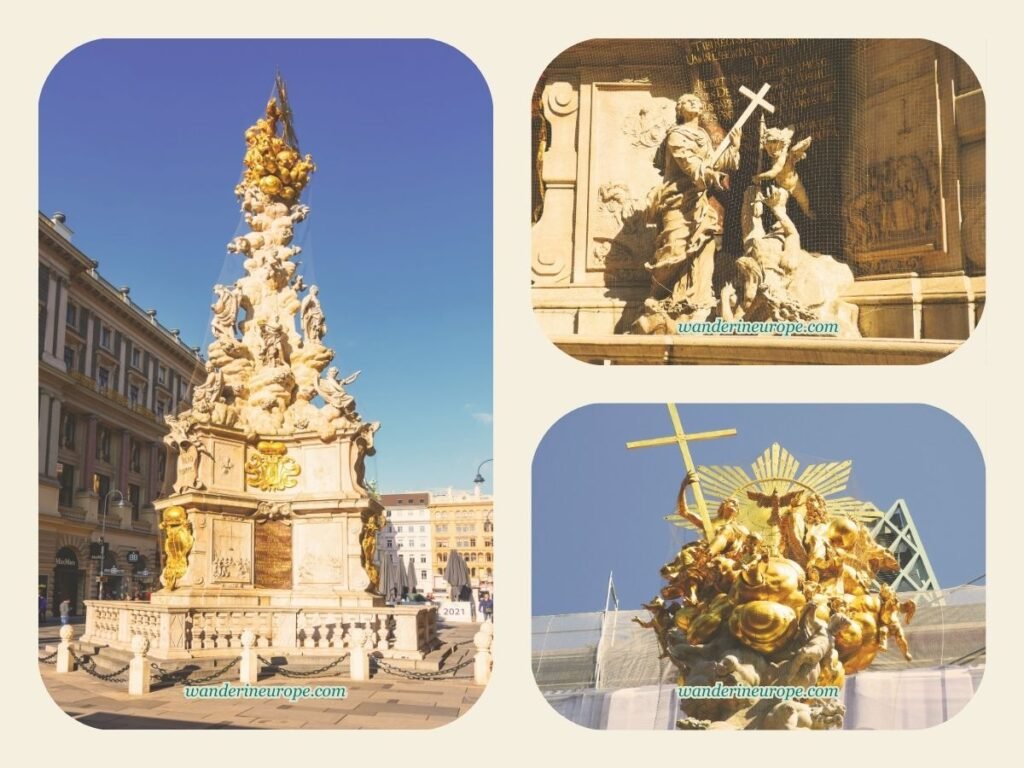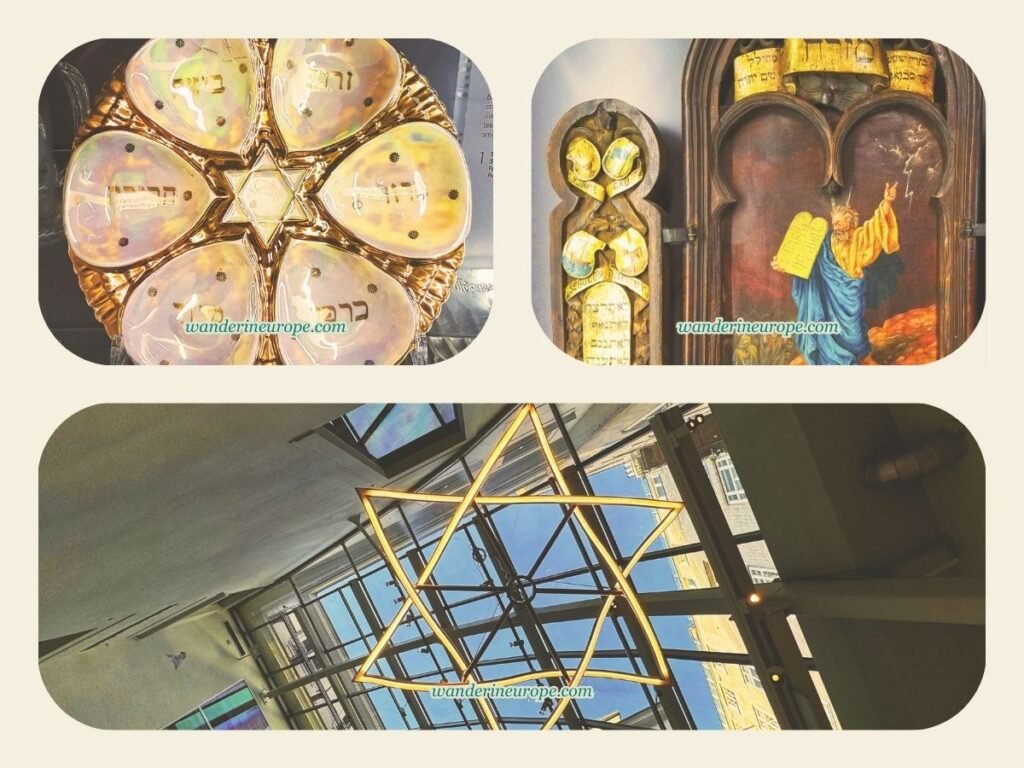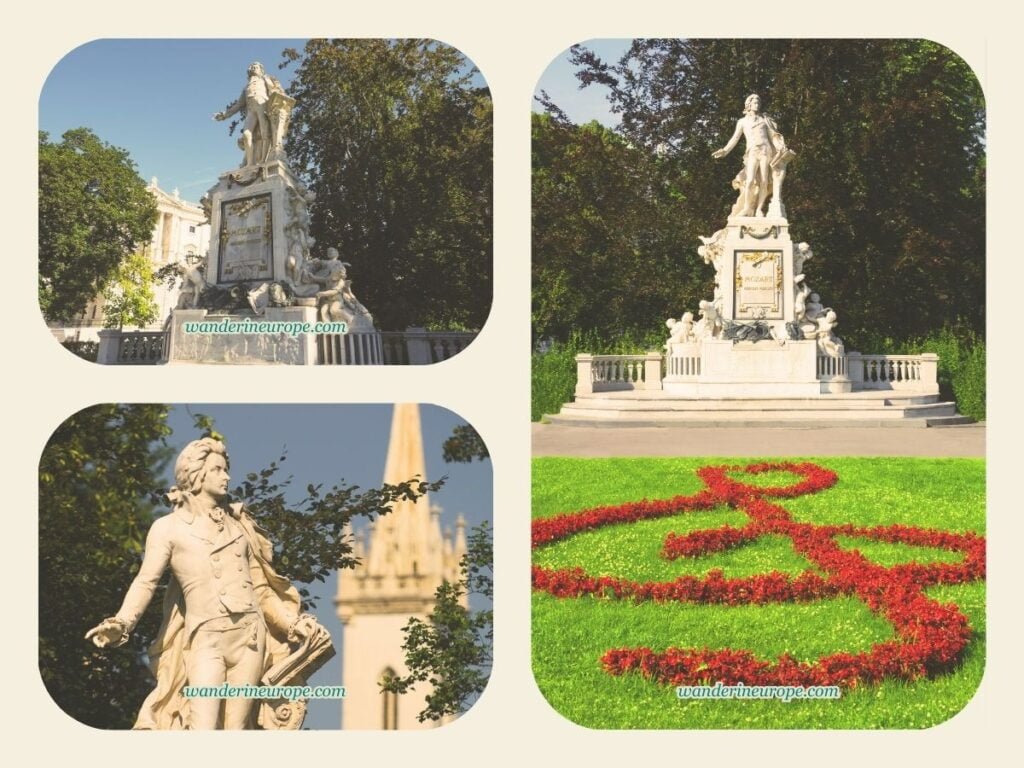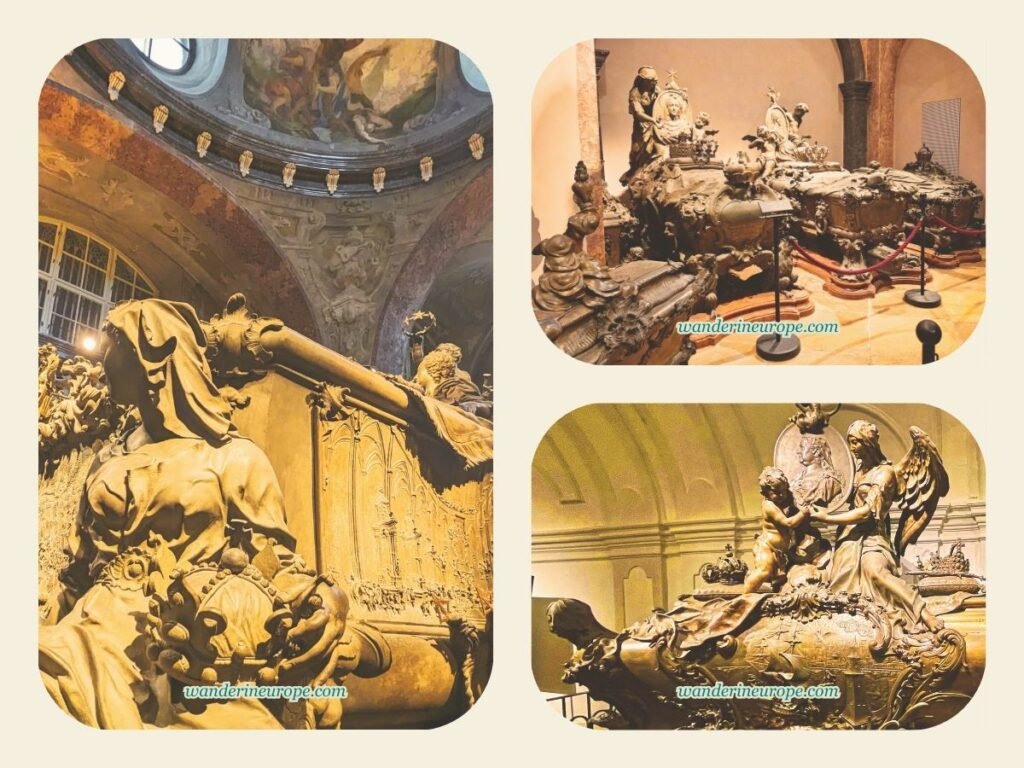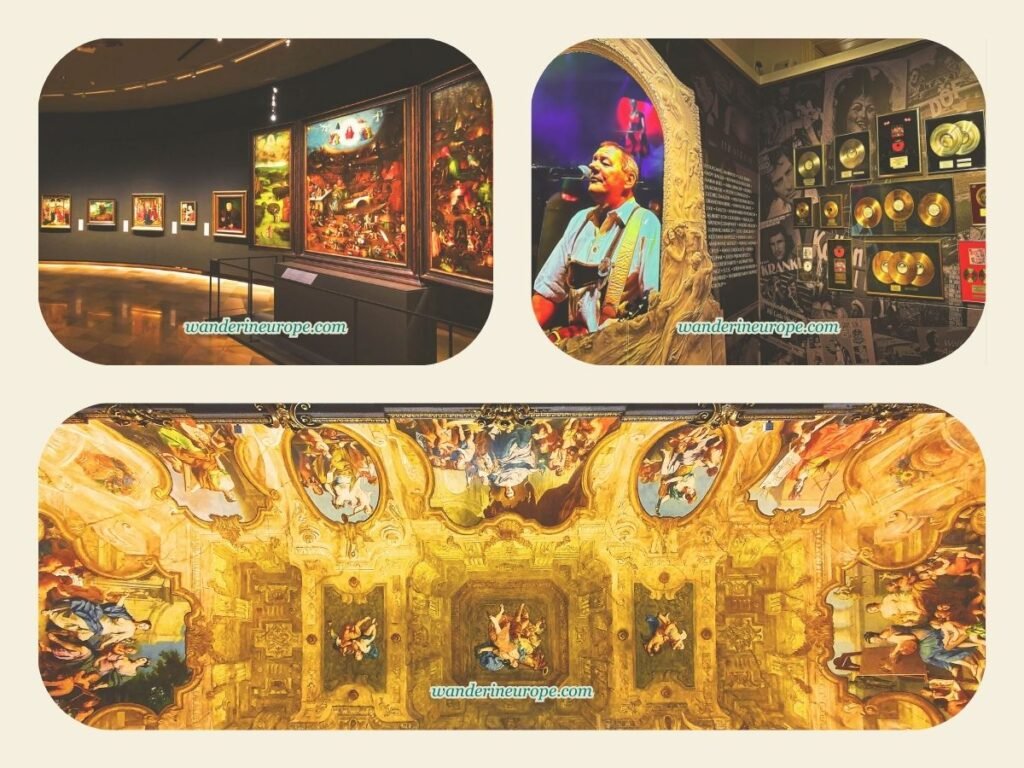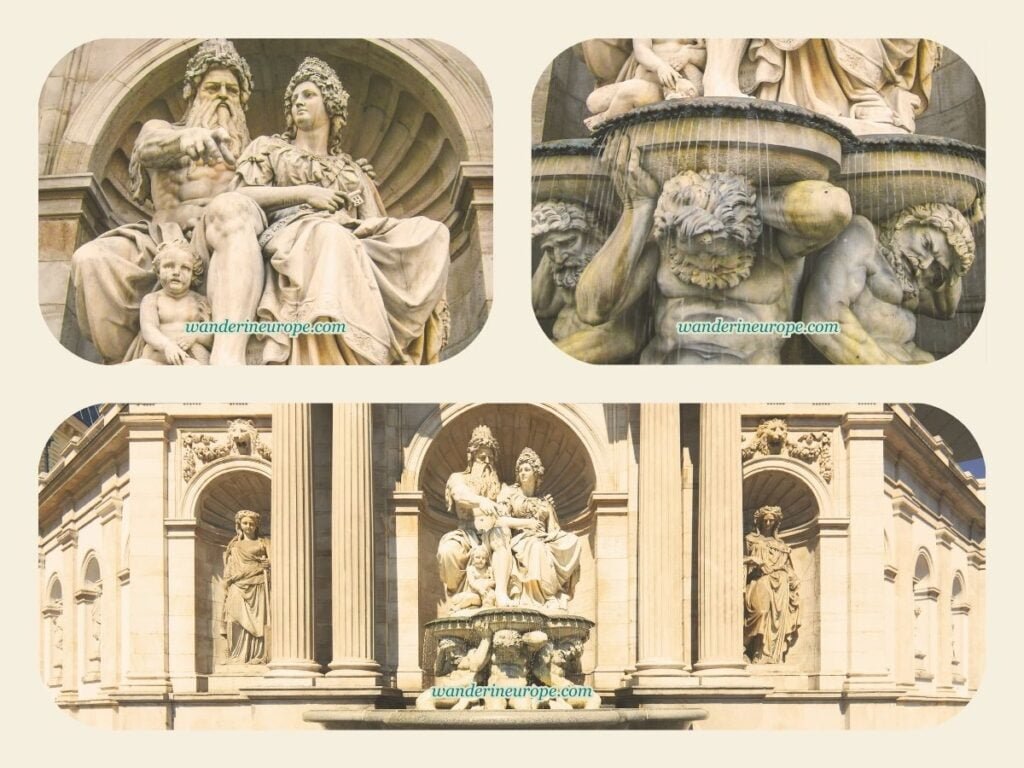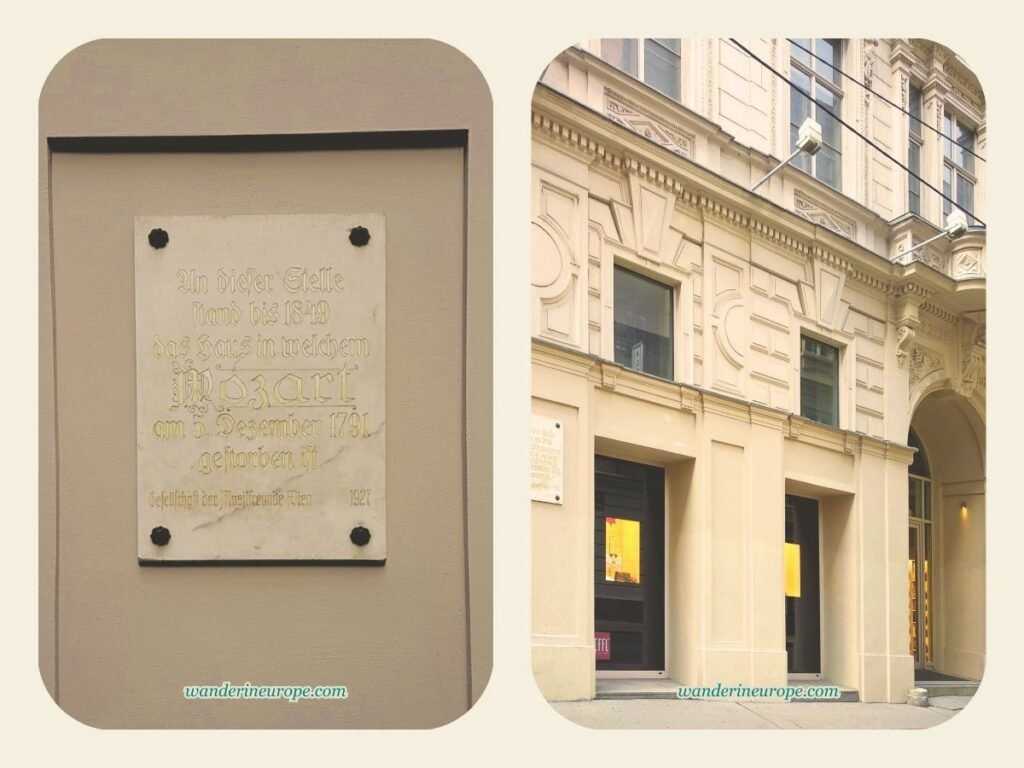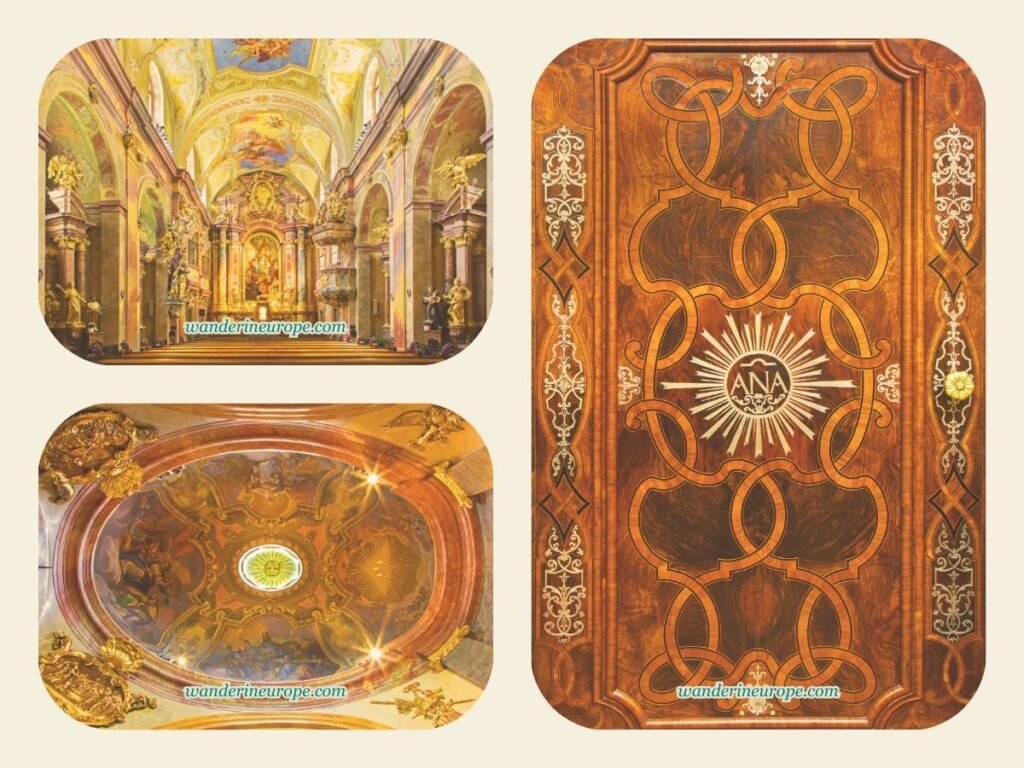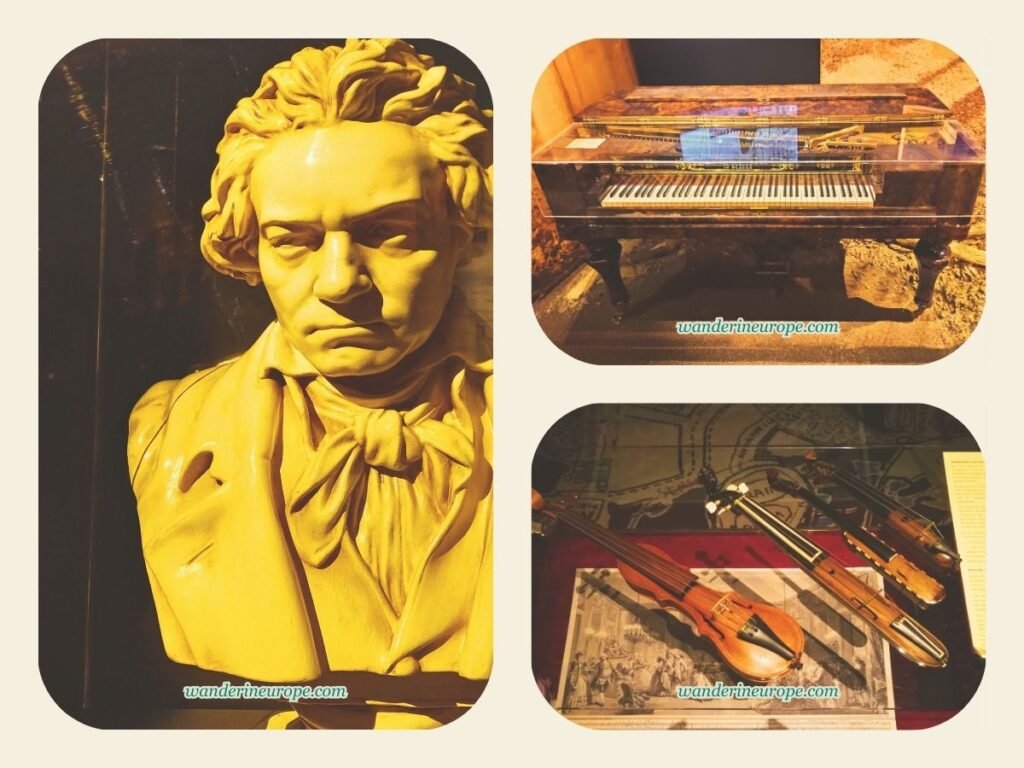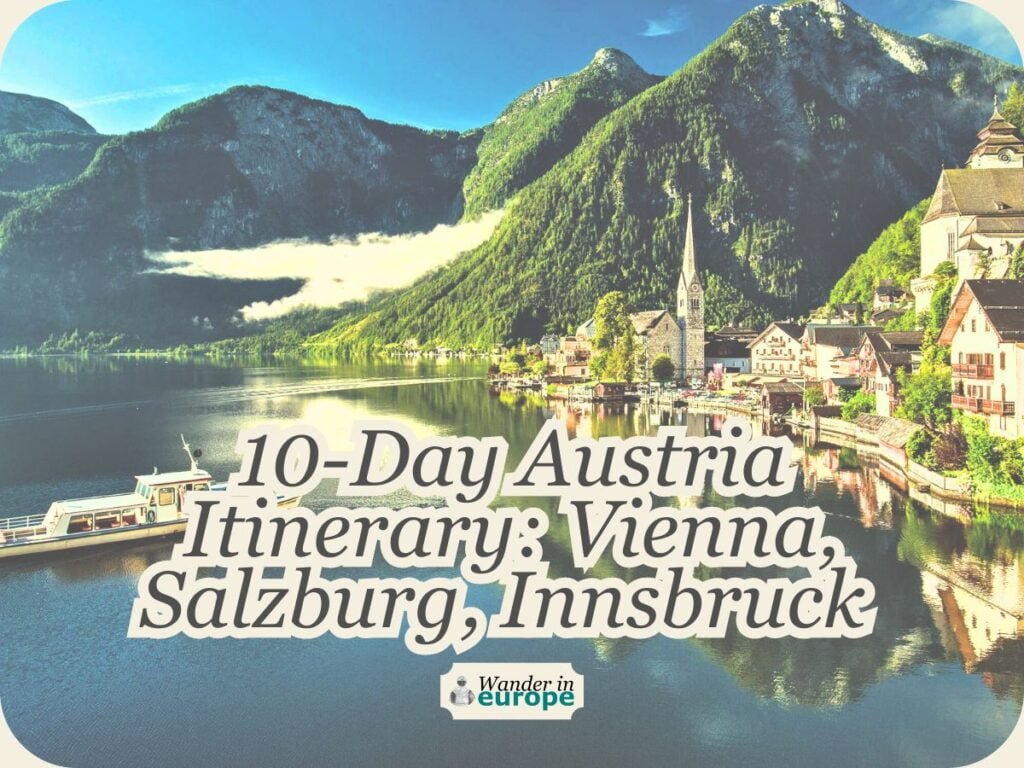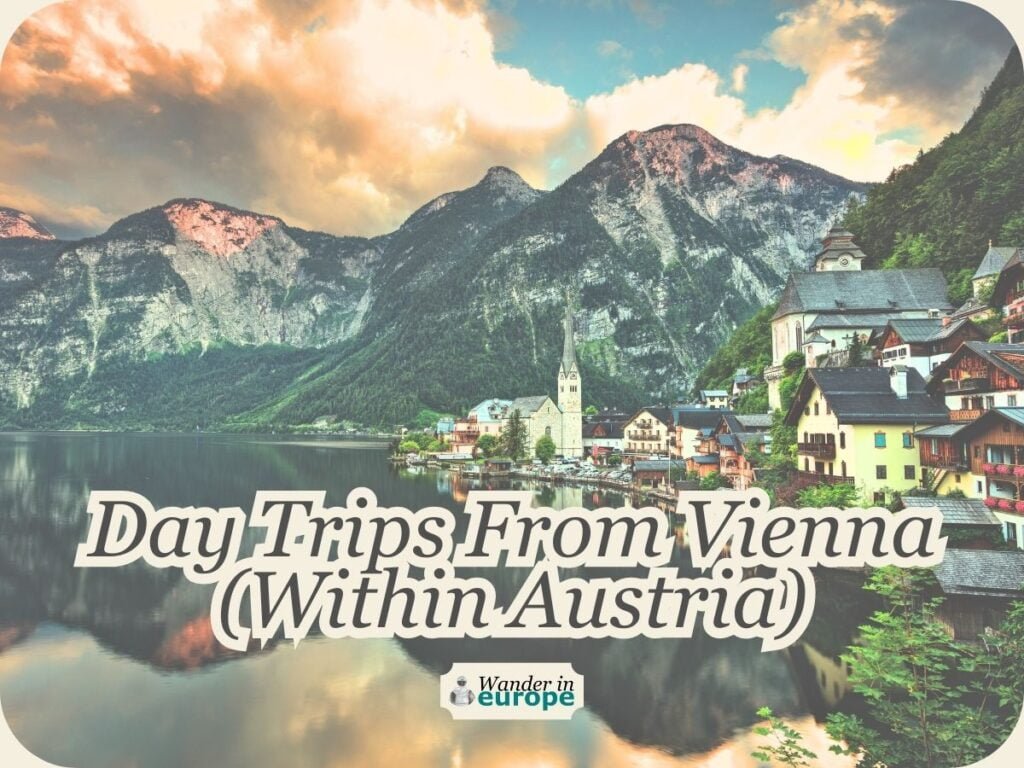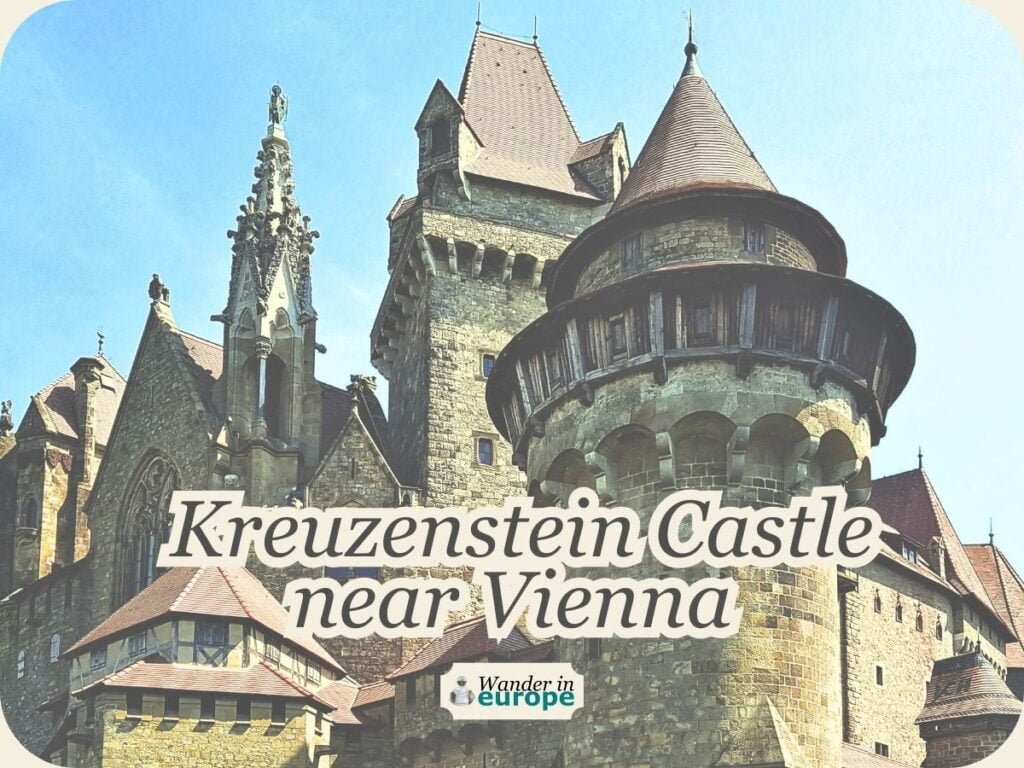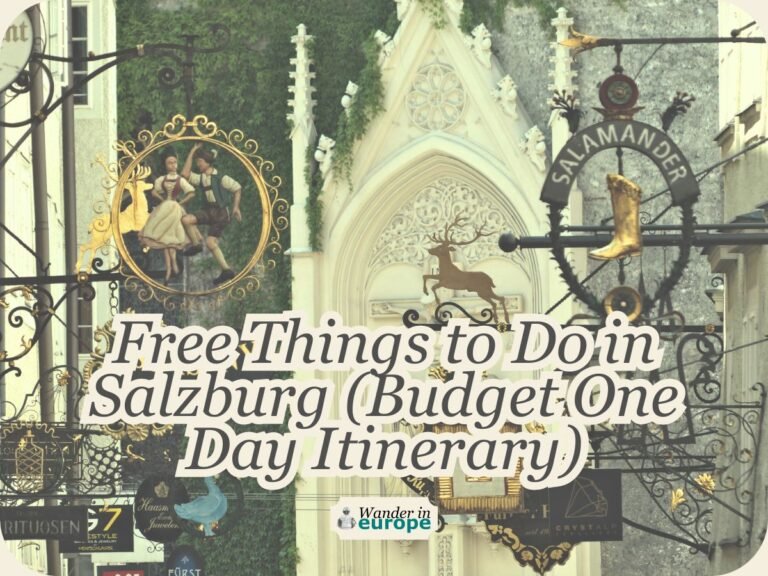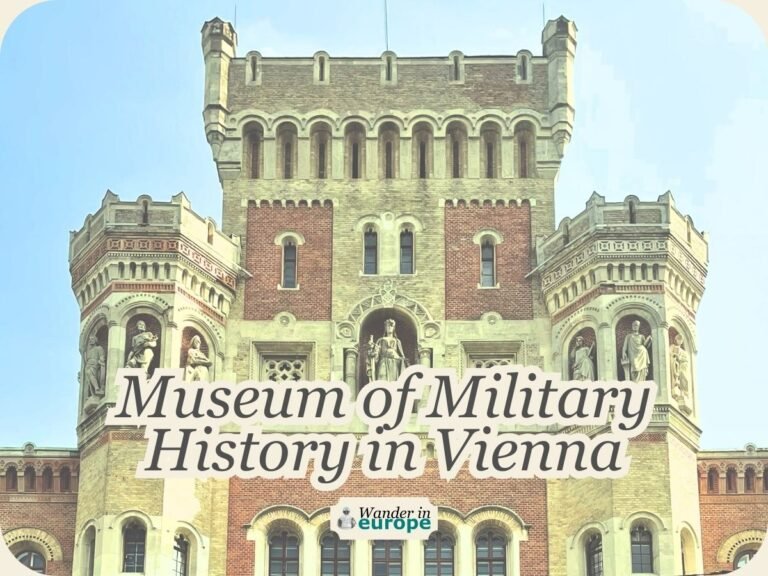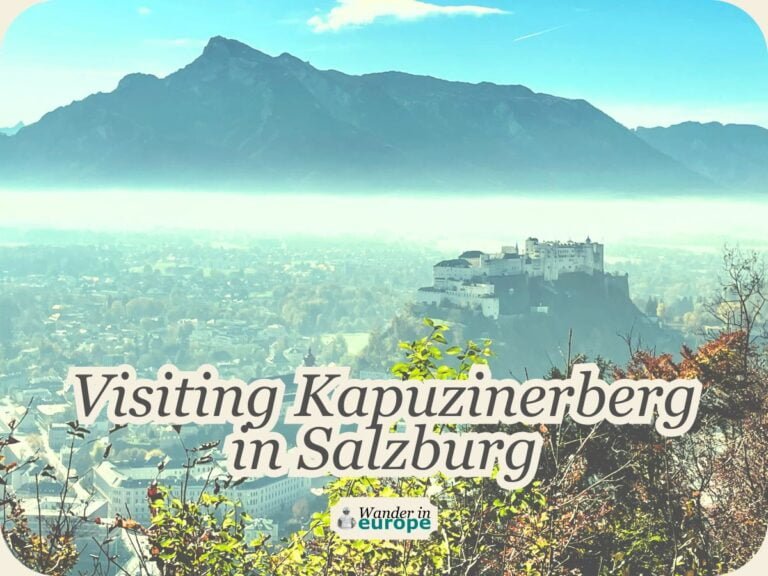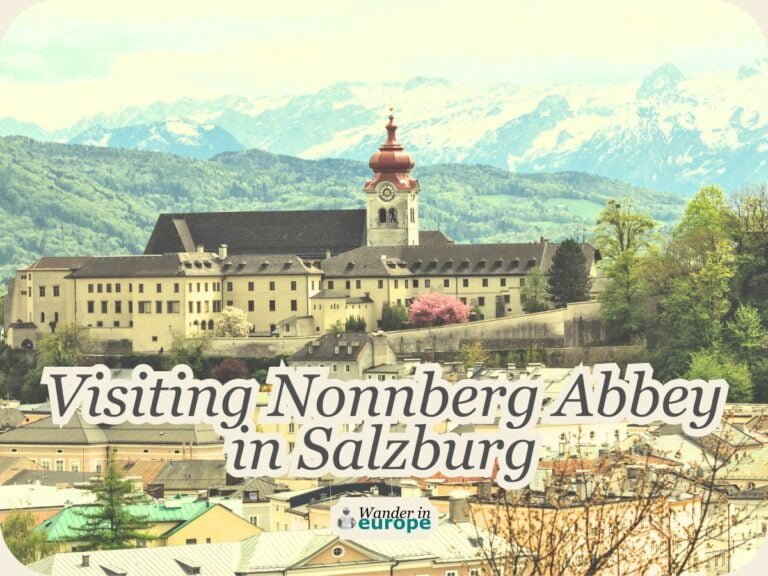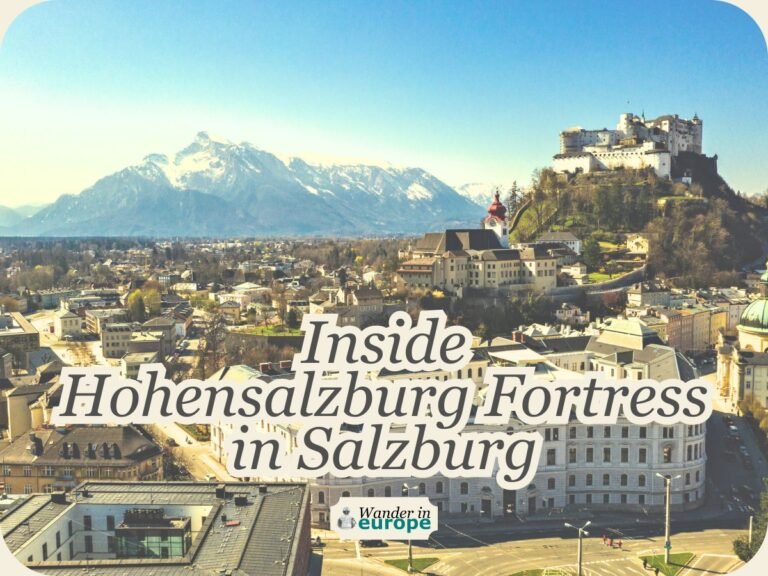30 Little Gems in Old Town Vienna (See Them on a Map)
Notes & Disclaimer: (1) Google seems to be having a hiccup. Please use other search engines to find more guides and articles from WanderInEurope. (2) This website is reader supported. And this post might have affiliate links. This means we could earn a small commission if you make a qualifying purchase. No additional cost to you. More info: Disclosure.
Truth: you could easily spend three or four days in Vienna just sightseeing.
In Old Town Vienna (Innere Stadt) alone, within and along the perimeter of Ringstrasse, a single day might not be enough to wander and see all the beautiful landmarks, historical sites, and intriguing museums!
That’s still the case even if we exclude the landmarks you’ll encounter during a walking tour of Ringstrasse or the architectural wonders in the city.
There’s an overwhelming amount to see like these 30 lesser-known attractions or hidden gems I discovered in Vienna, which I’ll share with you today.
If you’re looking to uncover even the smallest intriguing details of Vienna or if you’re aiming to do something unique in Vienna, these attractions/city features are ideal for you to visit.
I’ve included a map of these minor attractions in Old Town Vienna for you to conveniently find them.
Good to know
Before you head out to explore these little gems, why not start with some of Vienna’s highlights?
- Check out magnificent palaces like Schonbrunn, Hofburg, and Belvedere;
- Do not miss the beautiful churches like Stephansdom, Karlskirche, and Peterskirche; and
- the grand museums like Kunsthistorisches Museum and the Museum of Military History.
If trip planning feels a bit overwhelming or you’re craving in-depth knowledge and cultural insights into Old Town Vienna:
- this top-rated Vienna Guided Walking Tour of the City Center Highlights is perfect for you!
- For a unique twist, consider the Vienna Spooky Ghost Tour.
- And for an exploration you’re sure to love, our partner-certified 2-hour Historical Sightseeing Tour of Vienna is definitely worth considering.
Old Town Vienna Map
In summary, the sites displayed on these maps of Vienna are distinguished by their architectural beauty and historical importance. They include unique spots and museums associated with Mozart, Beethoven, the Holocaust, and more.
Below are three maps:
- a comprehensive map of Old Town Vienna highlighting the locations of 30 lesser-known attractions;
- a zoomed-in map of Old Town Vienna showing the points of interest near the Danube Canal;
- another close-up map of Old Town Vienna, revealing the hidden gems in parts of the Old Town Vienna away from the Danube Canal.

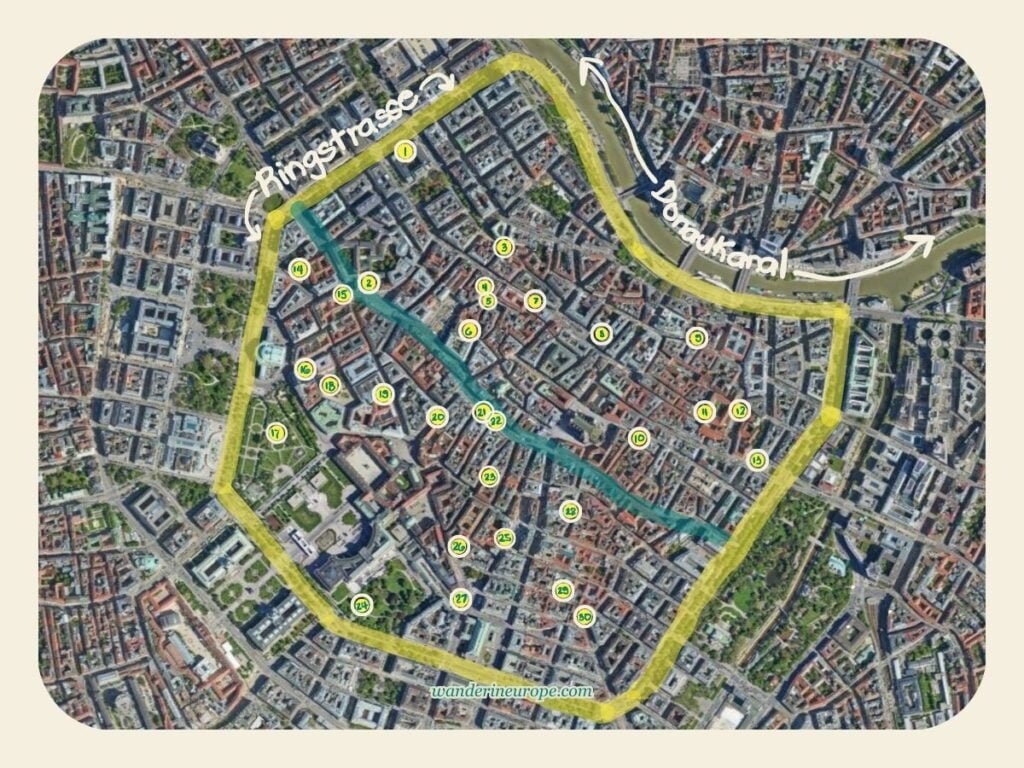
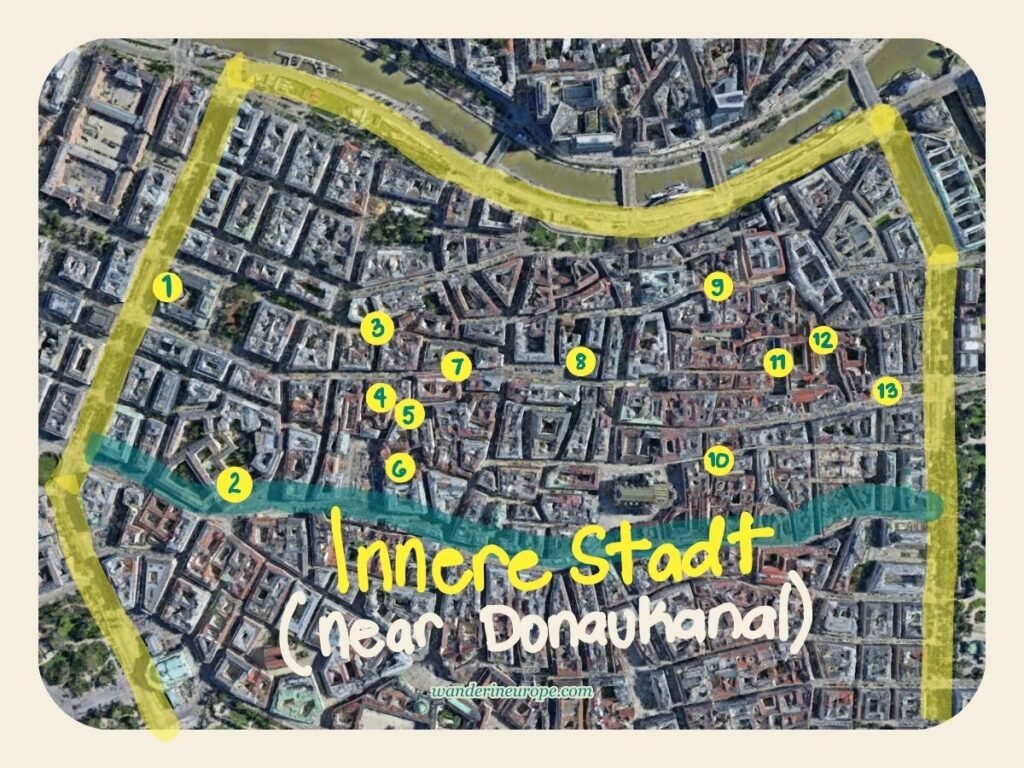
Legend: (1) Alte-Börse (2) Schottenkirche (3) Maria am Gestade Catholic Church (4) Museum Judenplatz (5) Holocaust Memorial (6) Kirche am Hof (7) Altes Rathaus (8) Ankeruhr (9) Holy Trinity Greek Orthodox Church (10) Mozarthaus (11) Jesuit Church (12) Katholische Kirche Maria Rotunda (13) Alte Stadtmauer Stubentor
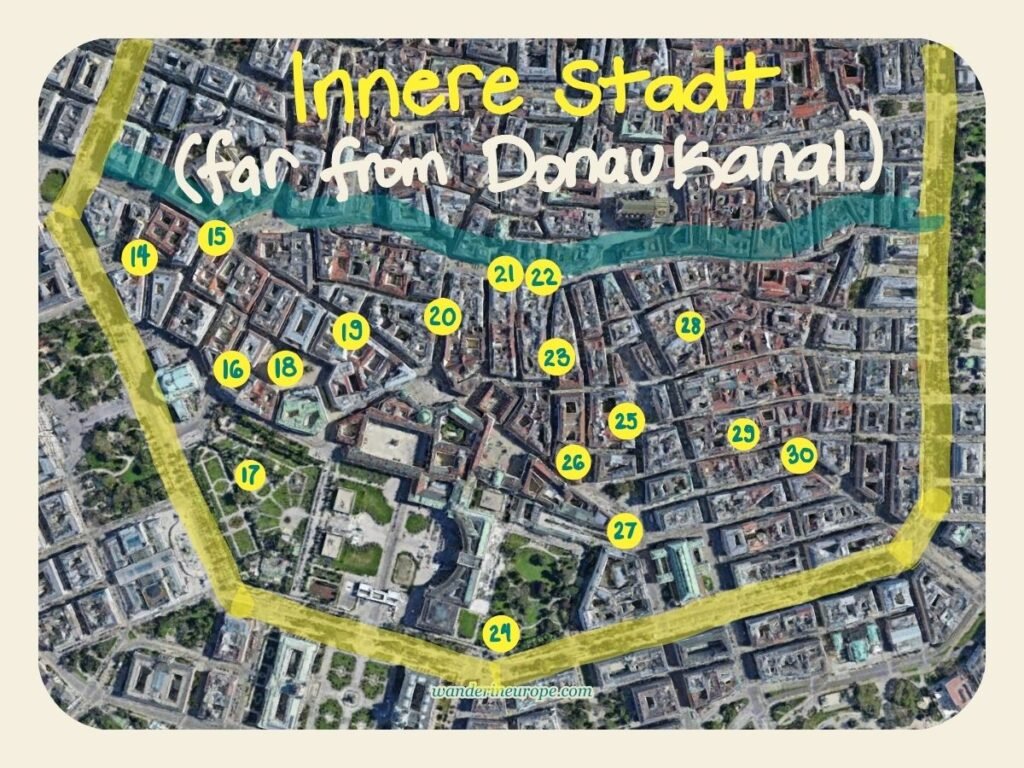
Legend: (14) Wien Museum Beethoven Pasqualatihaus (15) Palais Daun-Kinsky (16) Stadtpalais Liechtenstein (17) Theseustempel (18) Wiener Minoritenkirche (19) Globe Museum of the Austrian National Library (20) Kohlmarkt (21) Graben (22) Wiener Pestsäule (23) Jewish Museum of the City of Vienna (24) Mozart Monument (25) Imperial Crypt (Kapuzinergruft) (26) Theatermuseum (27) Albrechtsbrunnen (28) Mozart Death House (29) Annakirche (30) House of Music.

You might find these interesting!
30 Old Town Vienna’s Little Gems
If you’re short on time and can’t see everything in Old Town Vienna, you might want to focus on visiting the churches, palaces, and old government buildings.
Also, don’t miss out on the beautiful sights on the streets like fountains, clocks, and scenic views.
For the palaces, don’t miss out on the:
- (15) Daun-Kinsky Palace and the
- (16) Liechtenstein City Palace.
As for the churches, be sure to visit:
- (29) Annakirche,
- (9) Holy Trinity Greek Orthodox Church,
- (12) Maria Rotunda Catholic Church, and the
- (11) Jesuit Church.
Other beautiful sights include
- (7) Old City Hall (Altes Rathaus),
- (8) Anker Clock (Ankeruhr),
- (22) Vienna Plague Column (Wiener Pestsäule), and
- (20) Kohlmarkt.
Shortcut: 7-8-9-11-12-15-16-20-22-29.
Tip: Look for four small Austrian flags hanging on the facade of some of these lesser-known attractions in Vienna. They’ll help you identify these hidden gems as you stroll through the historic center.
The list below is organized in the order corresponding to the numbers on the map. All the details about each attraction are conveniently linked and compiled in the resources section of this post for easy reference.
Resources
And there you have it! These are the lesser known and unique attractions of Vienna. For more detailed planning, I recommend checking out the websites of the mentioned places of interest for the most recent and practical information.
- Alte Börse — Official Website
- Schottenkirche — Official Website
- Maria am Gestade Church — Official Website
- Museum Judenplatz — Official Website
- Documentation Center of Austrian Resistance — Official Website
- Palais Daun-Kinsky — Official Website
- Stadtpalais Liechtenstein — Official Website (public guided tours)
- Globe Museum of Austrian National Library — Official Website
- Theatermuseum — Official Website
- House of Music — Official Website
Plan Your Trip Now
Here are my recommended services


Explore more amazing destinations in Vienna and find guides to help you get the most out of your trip!
Guides & Itineraries
Lists & New Ideas
Top Attractions


